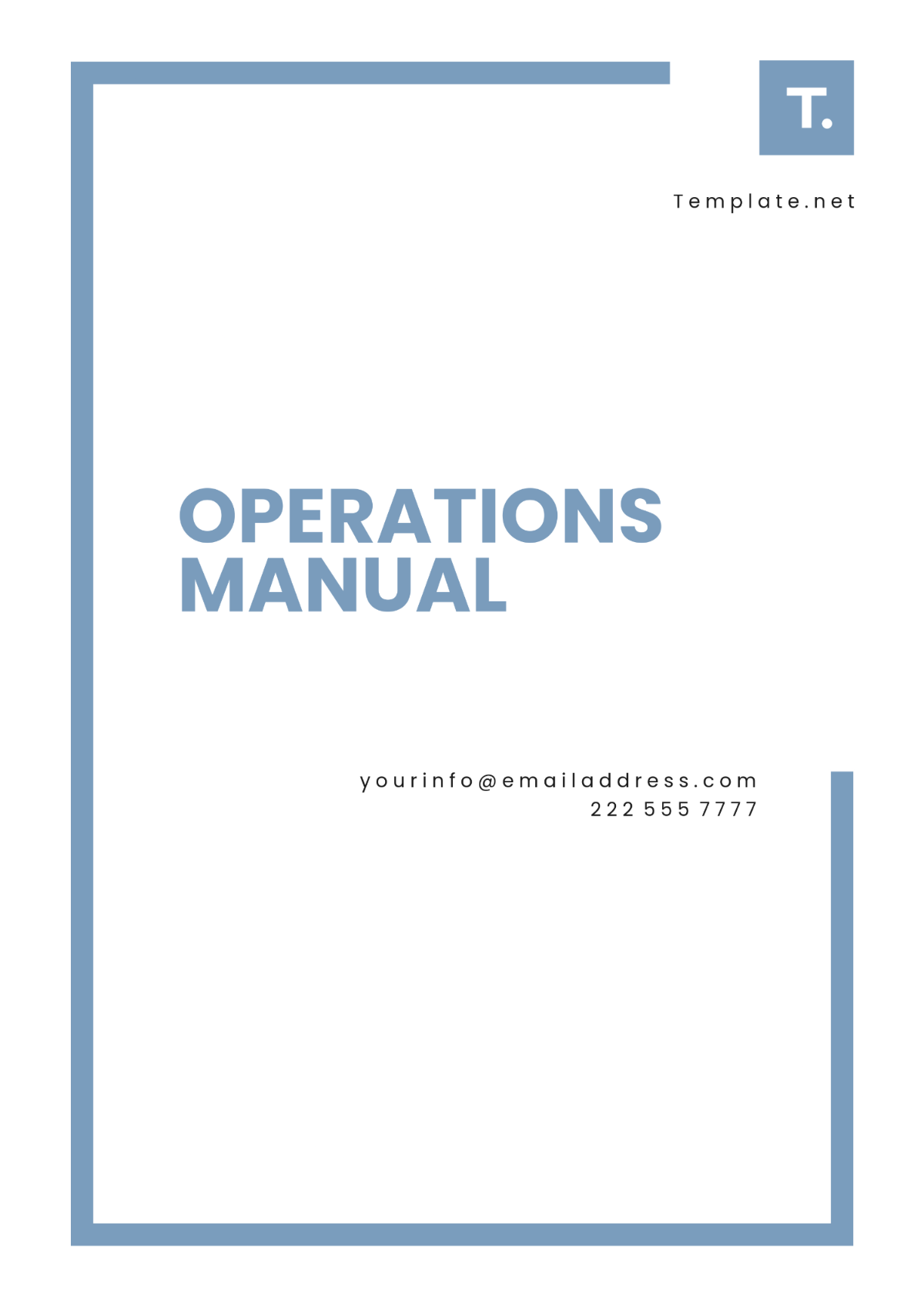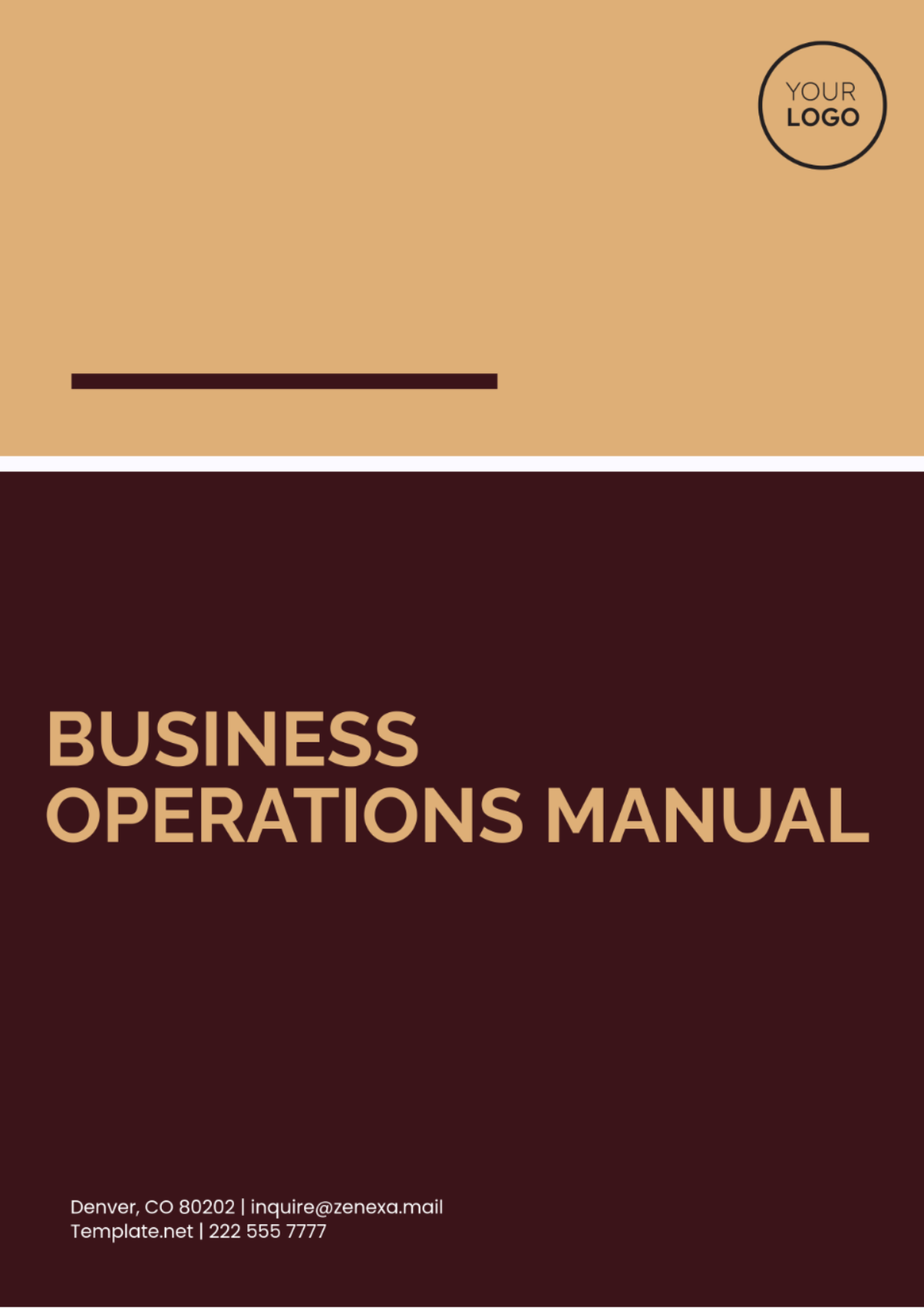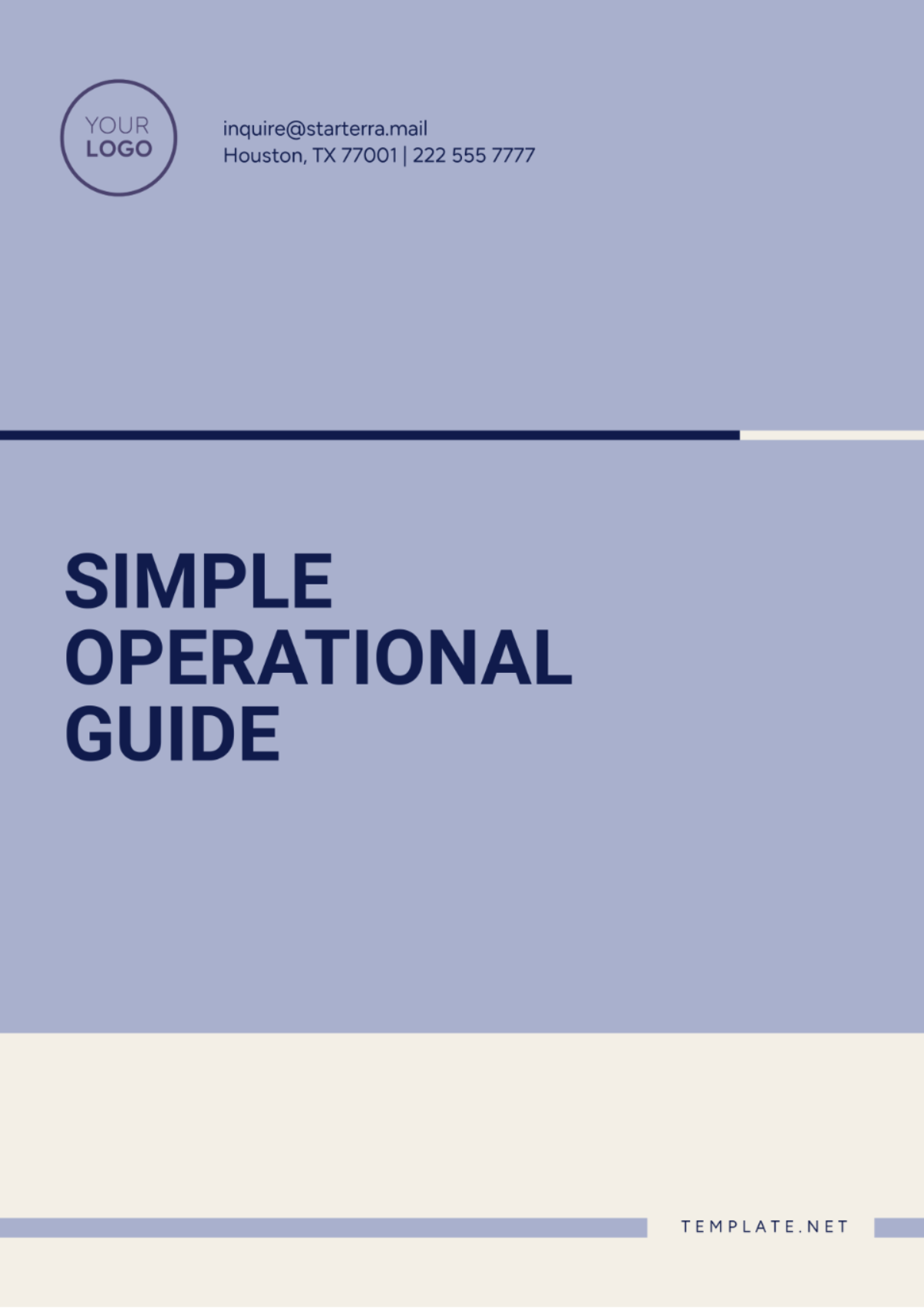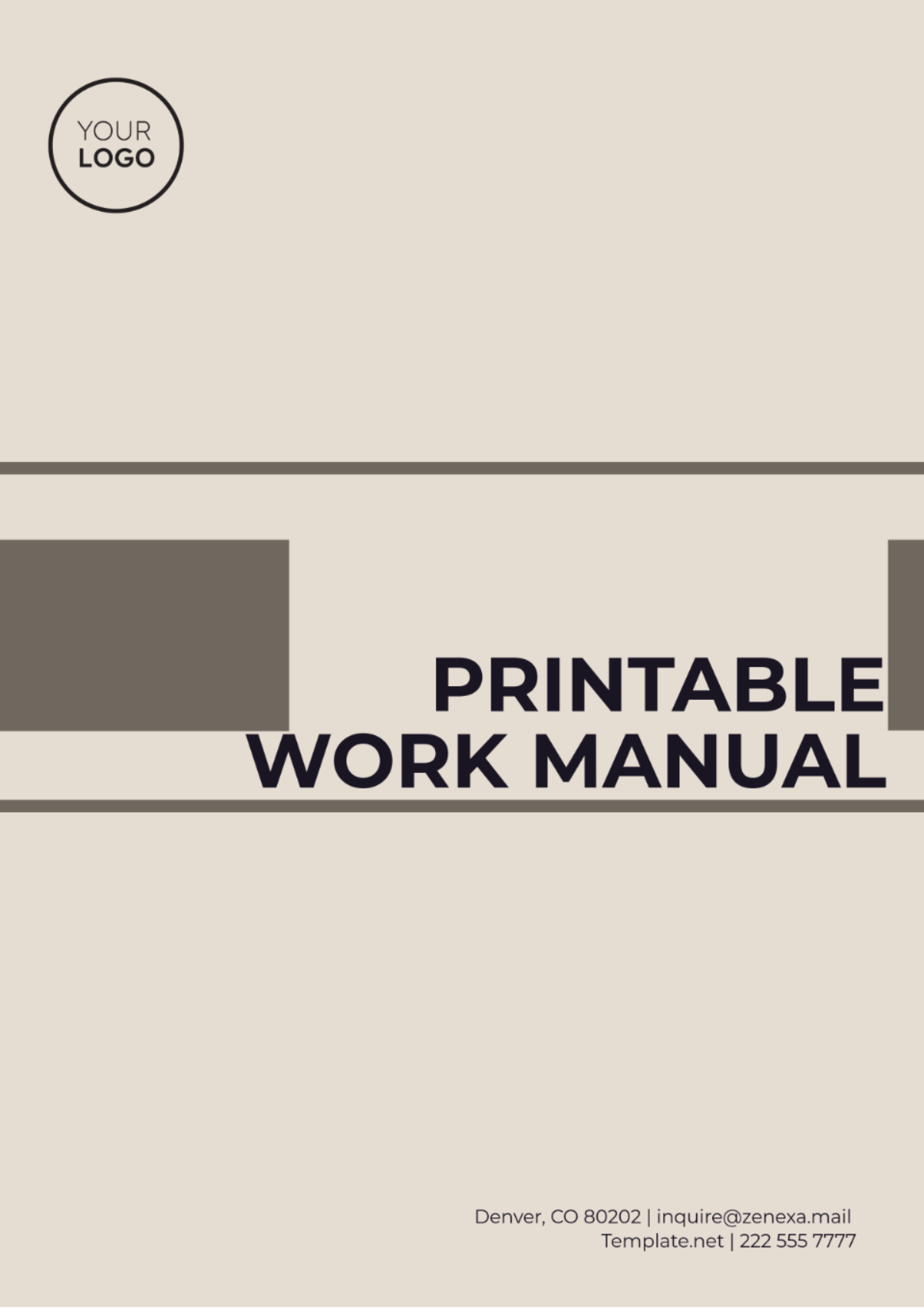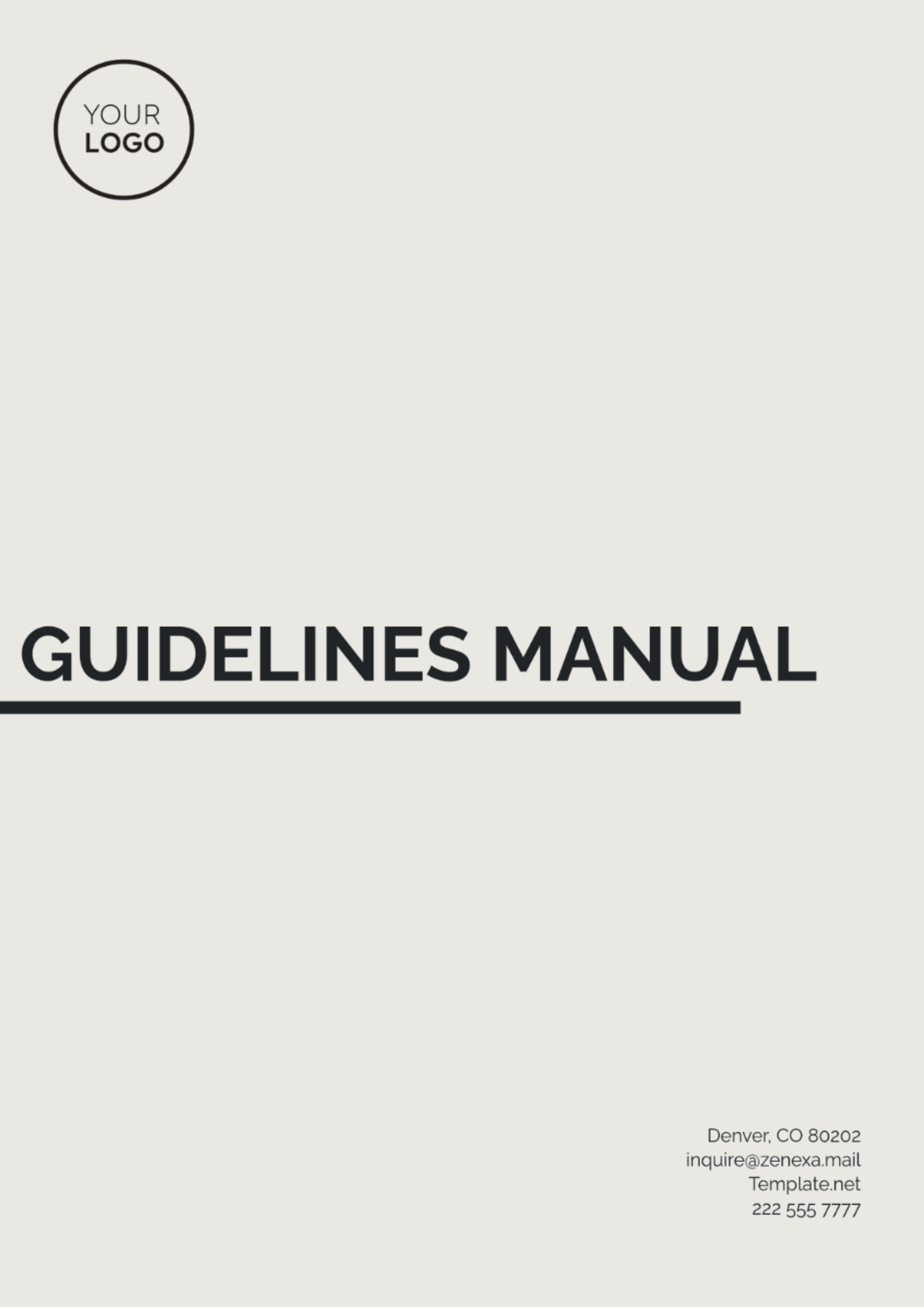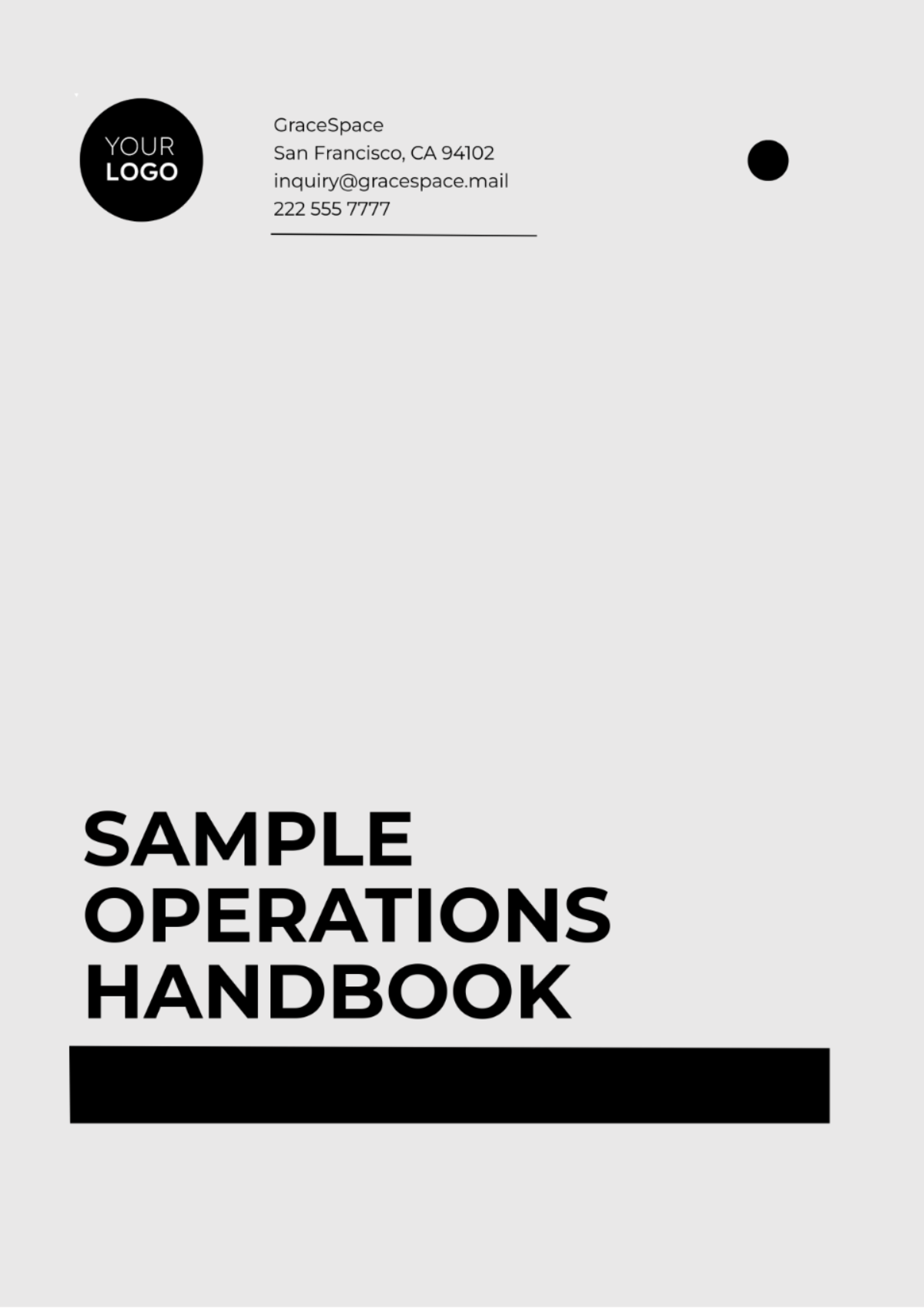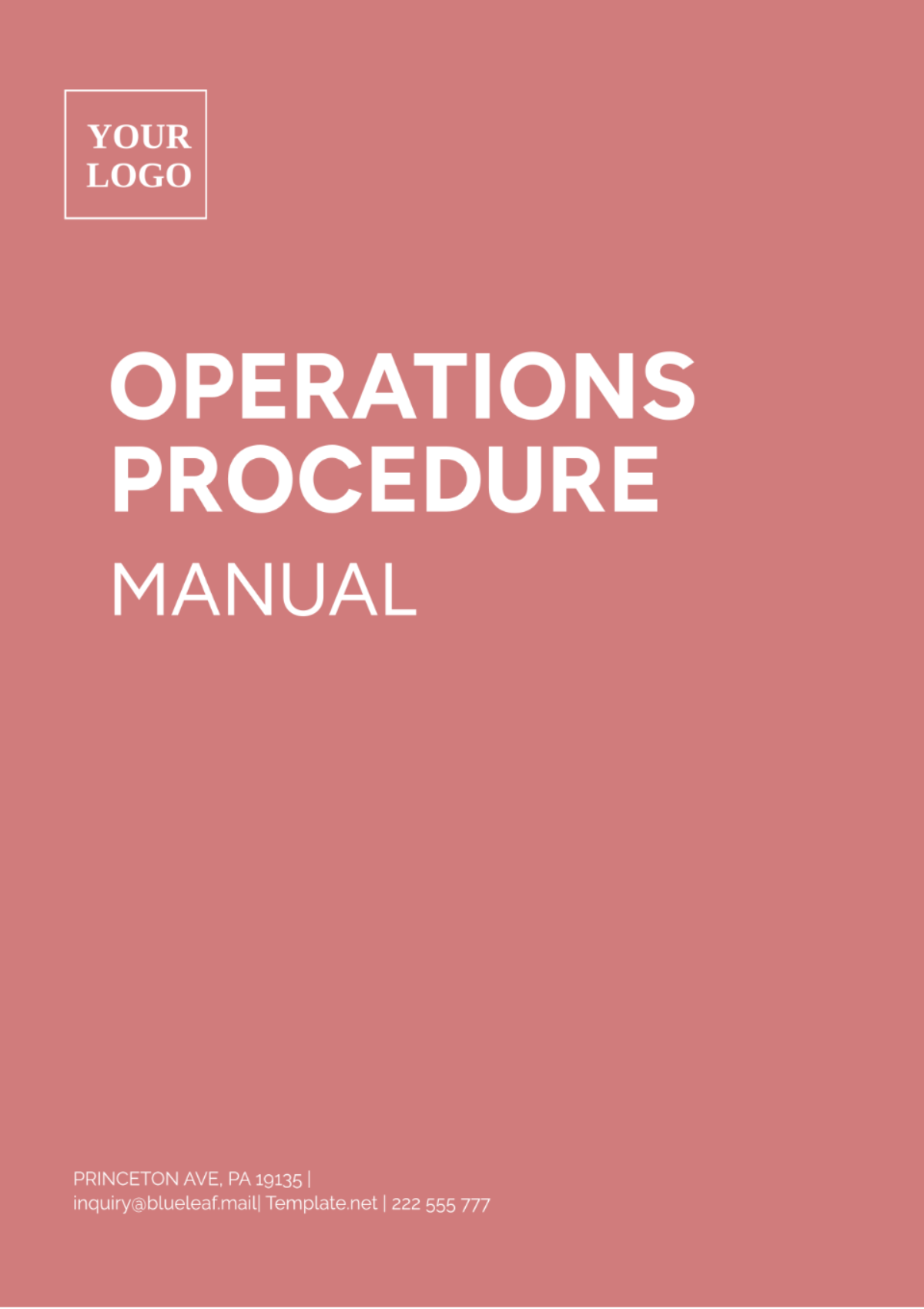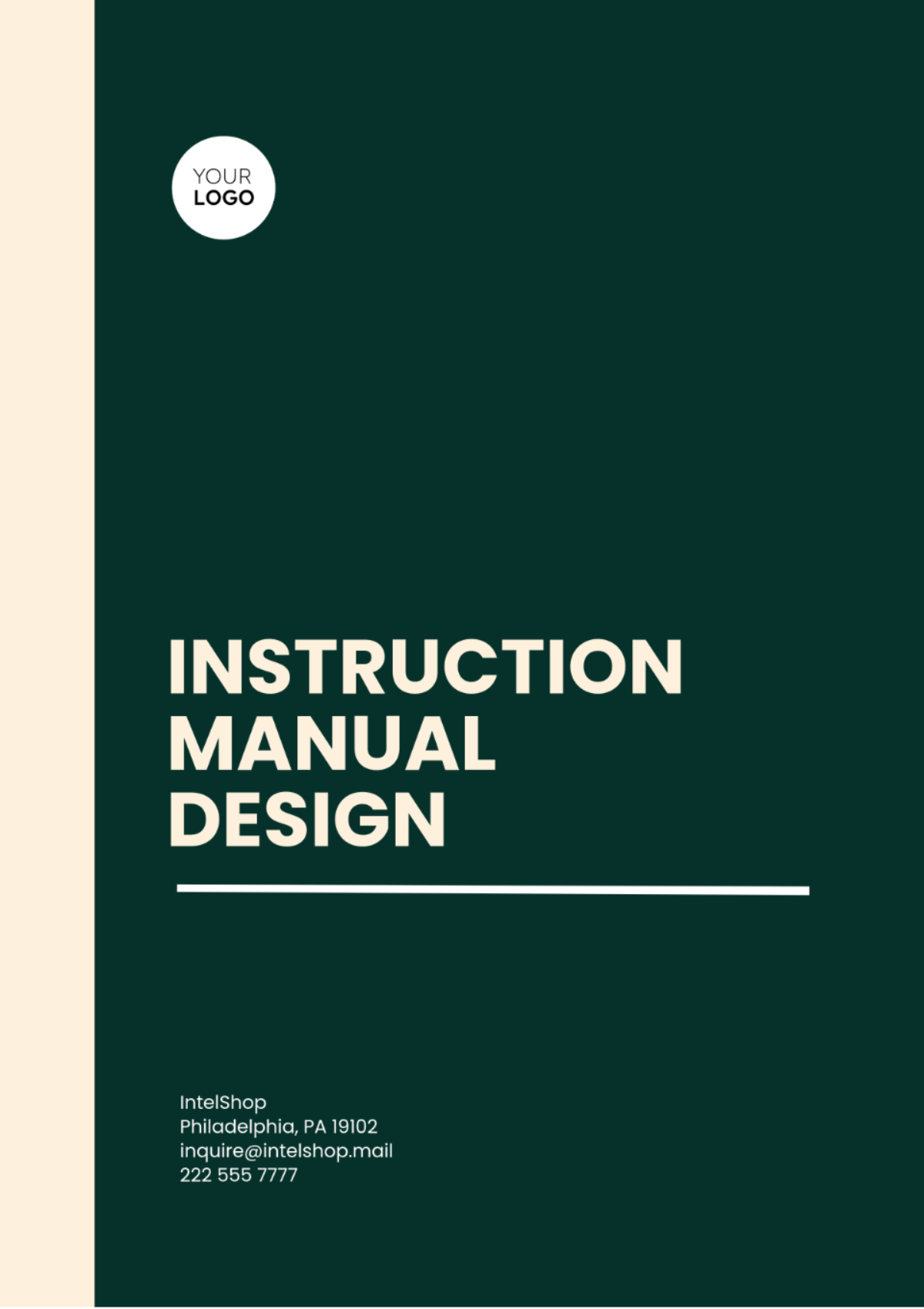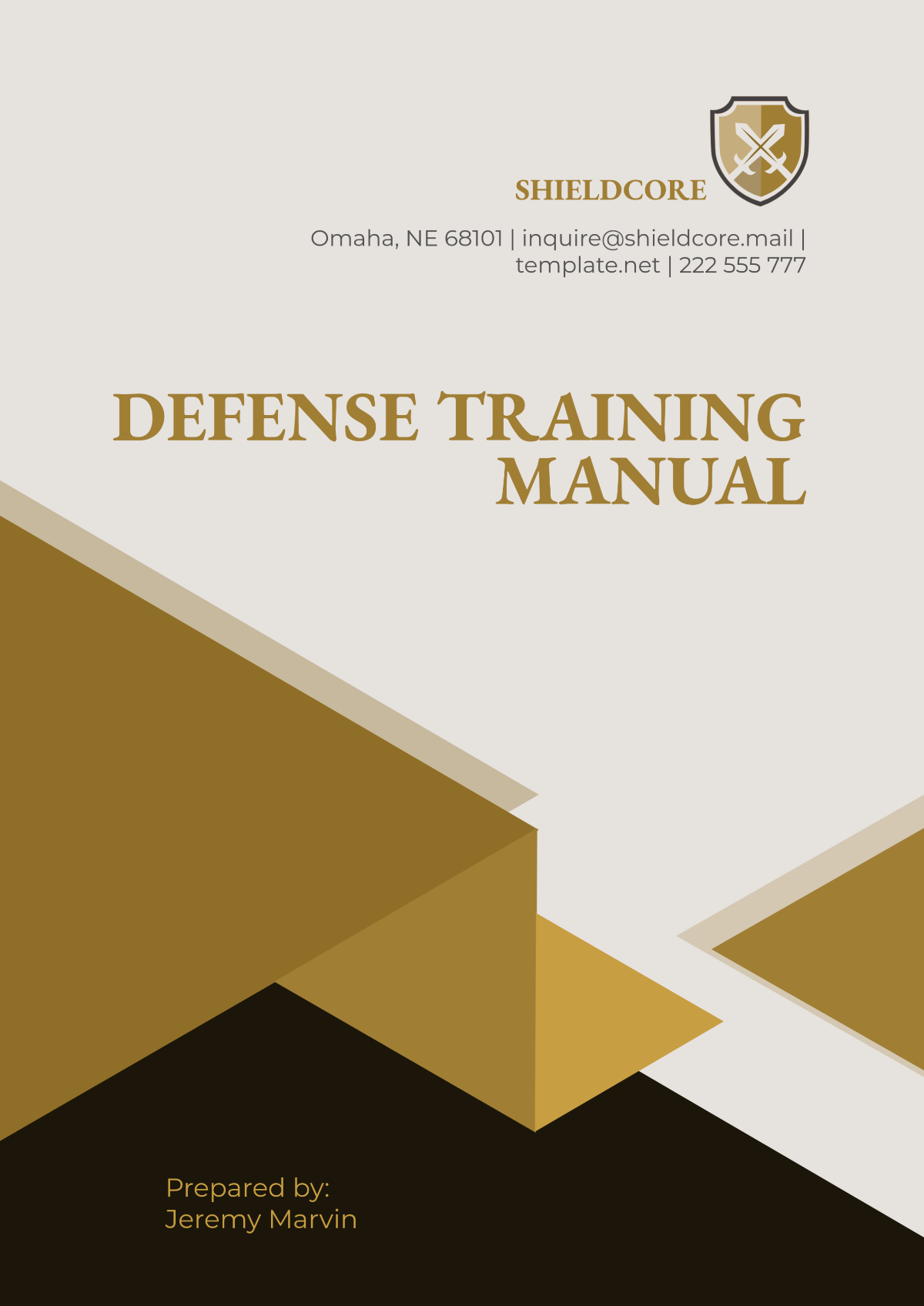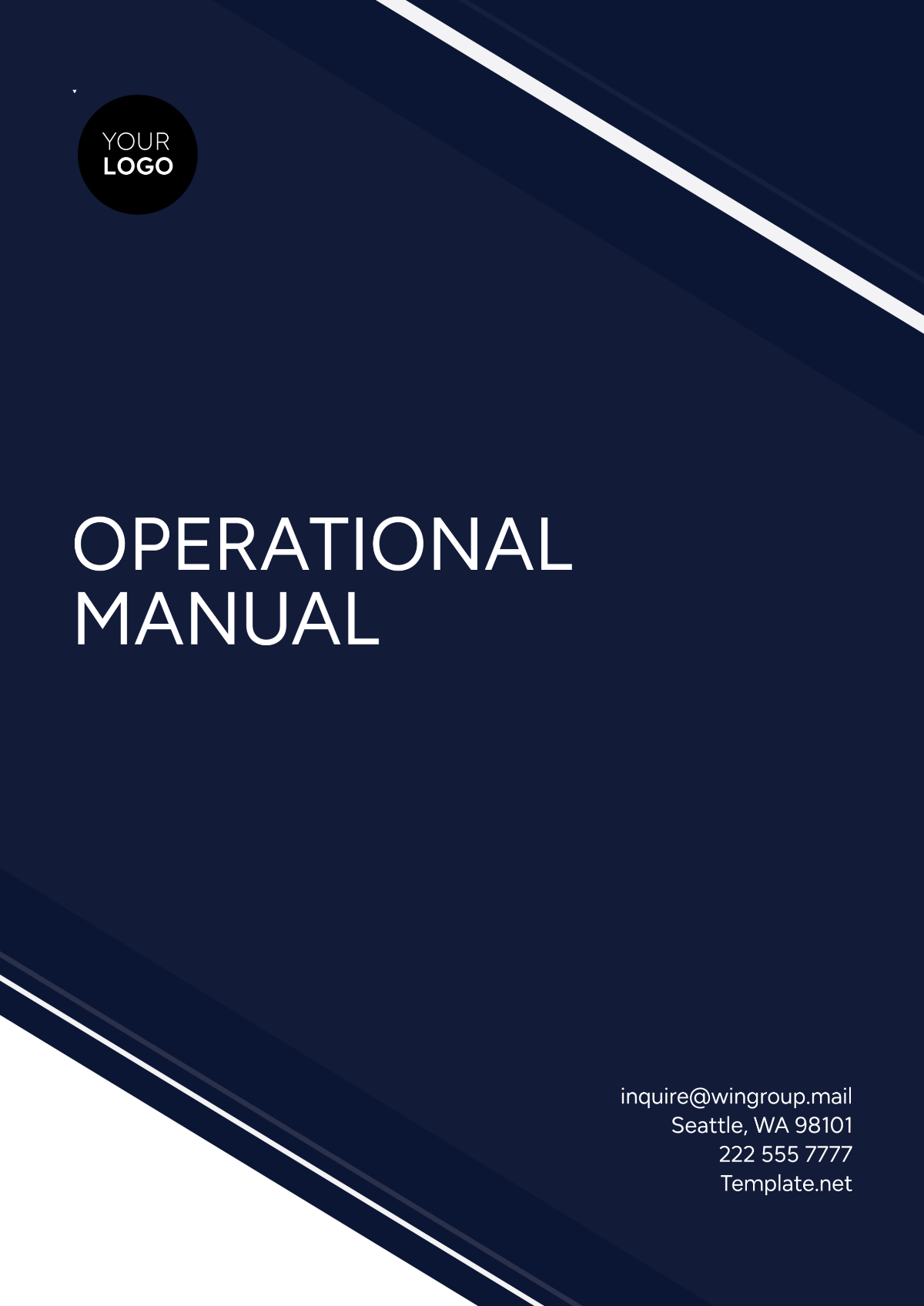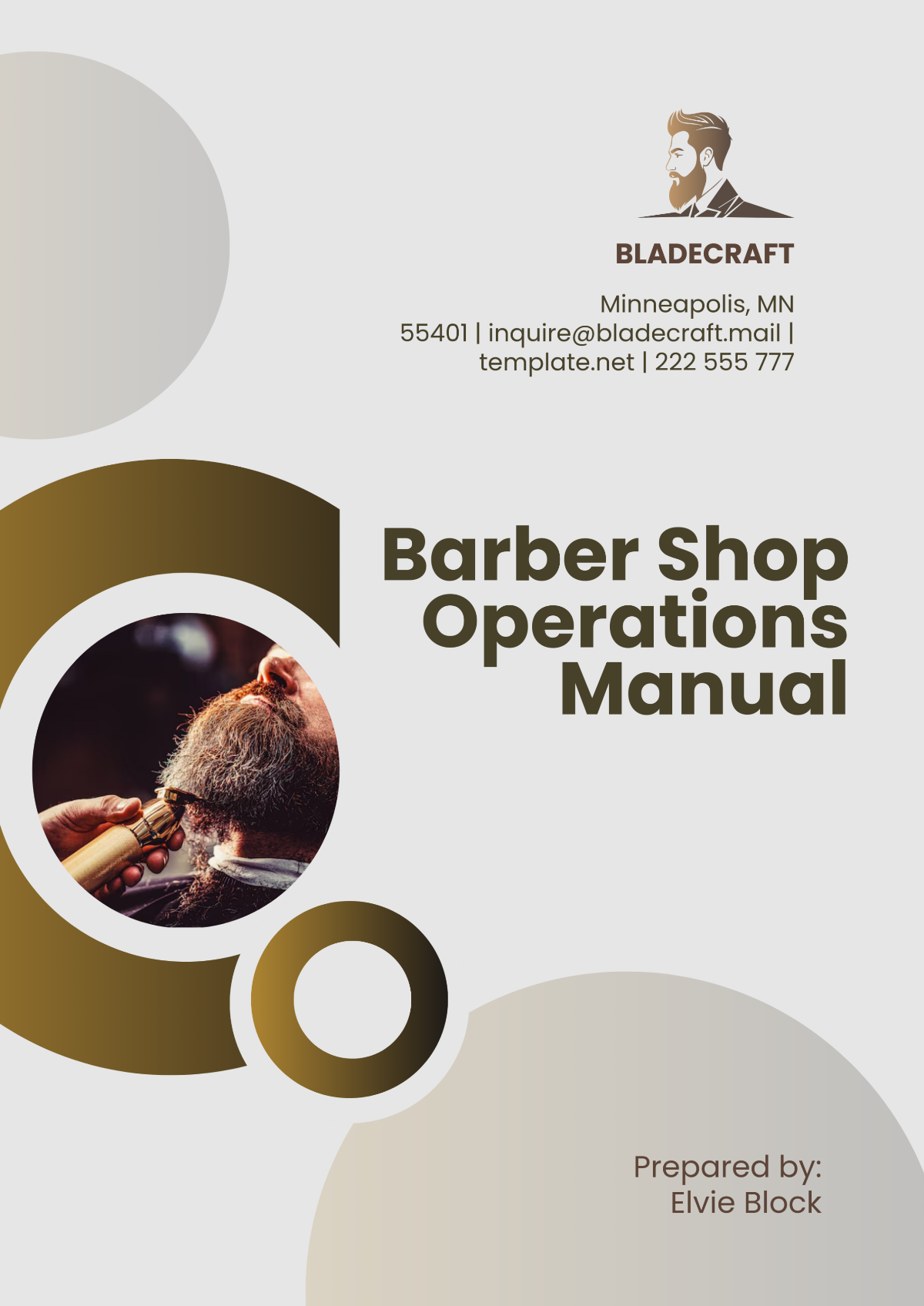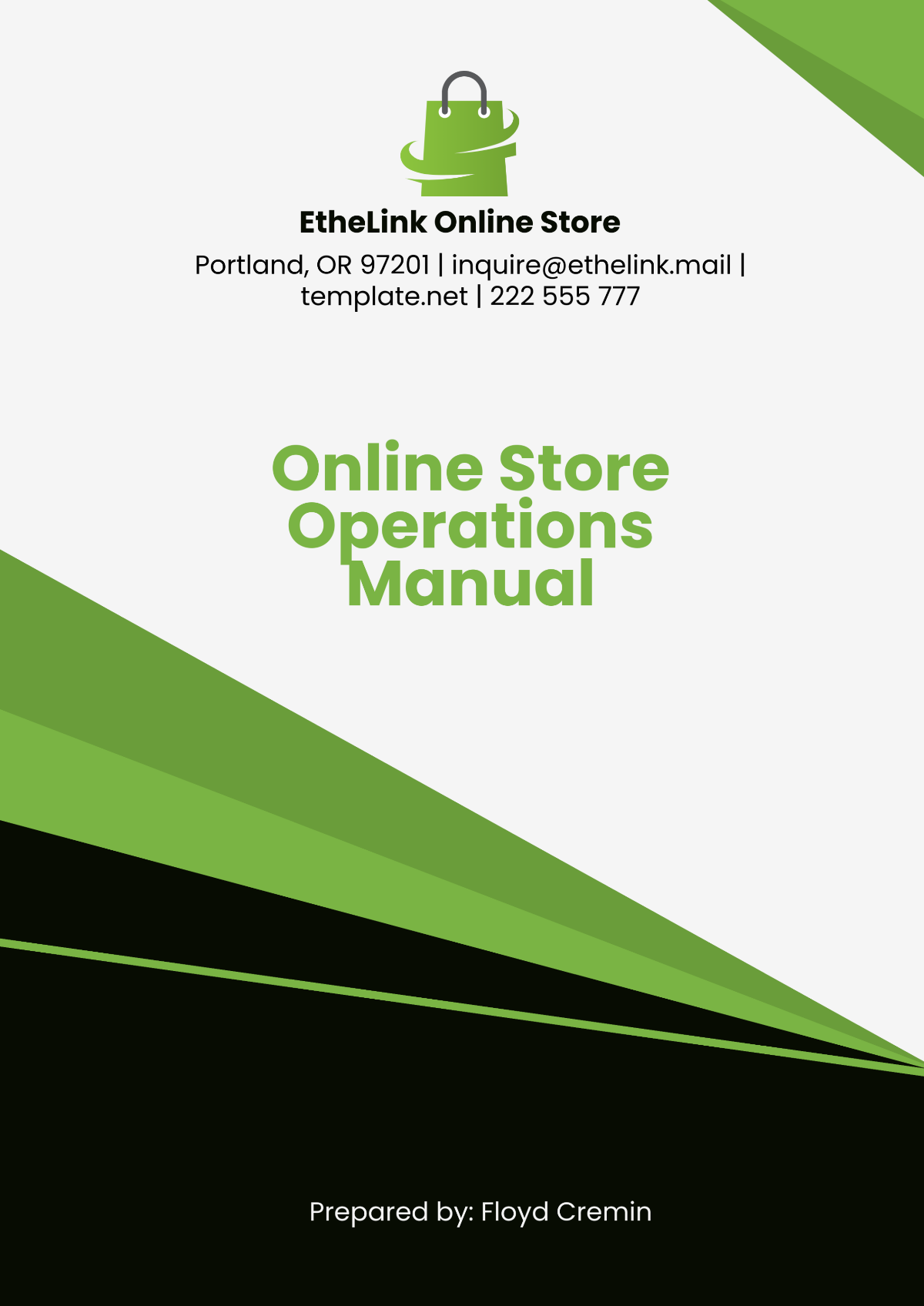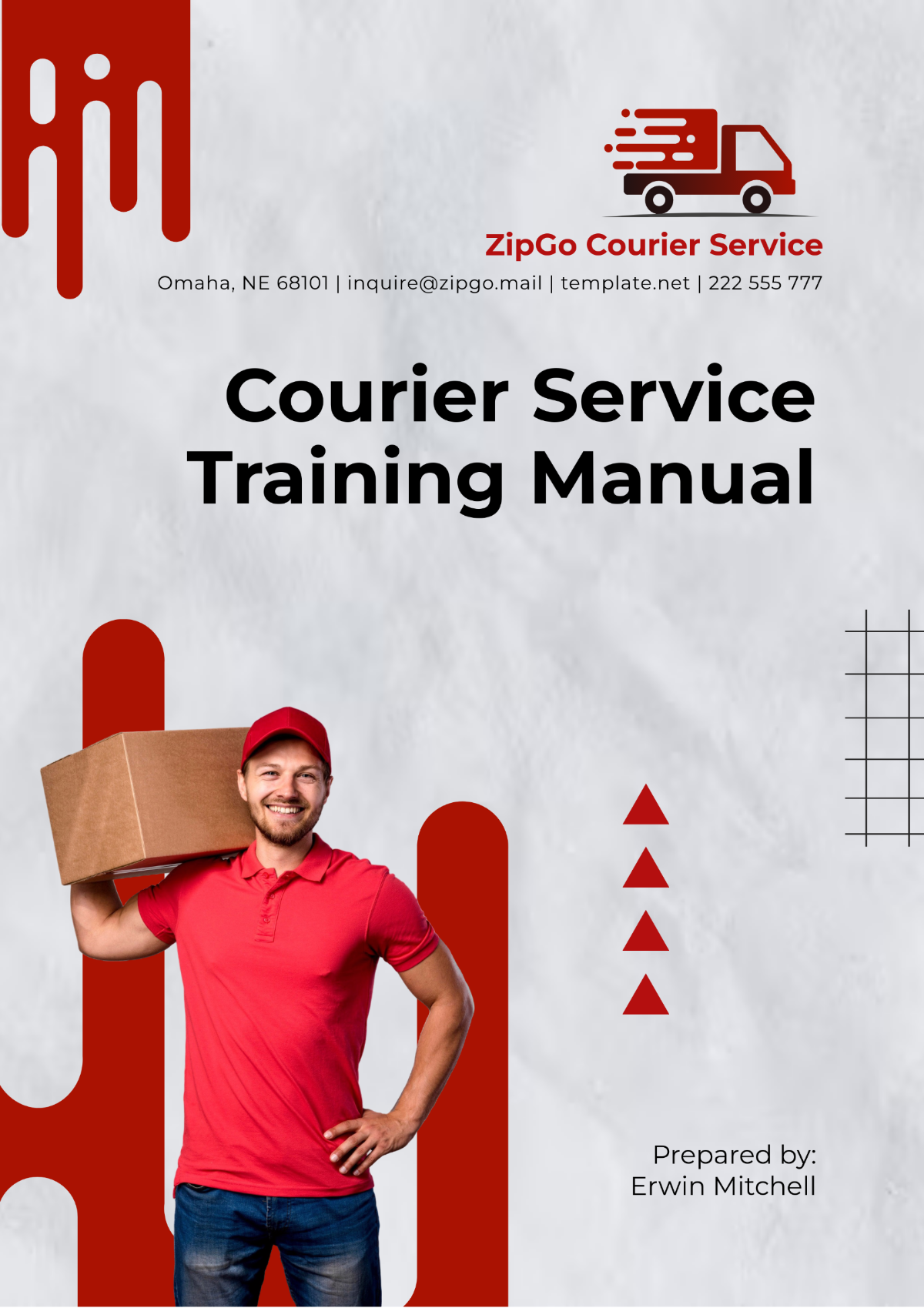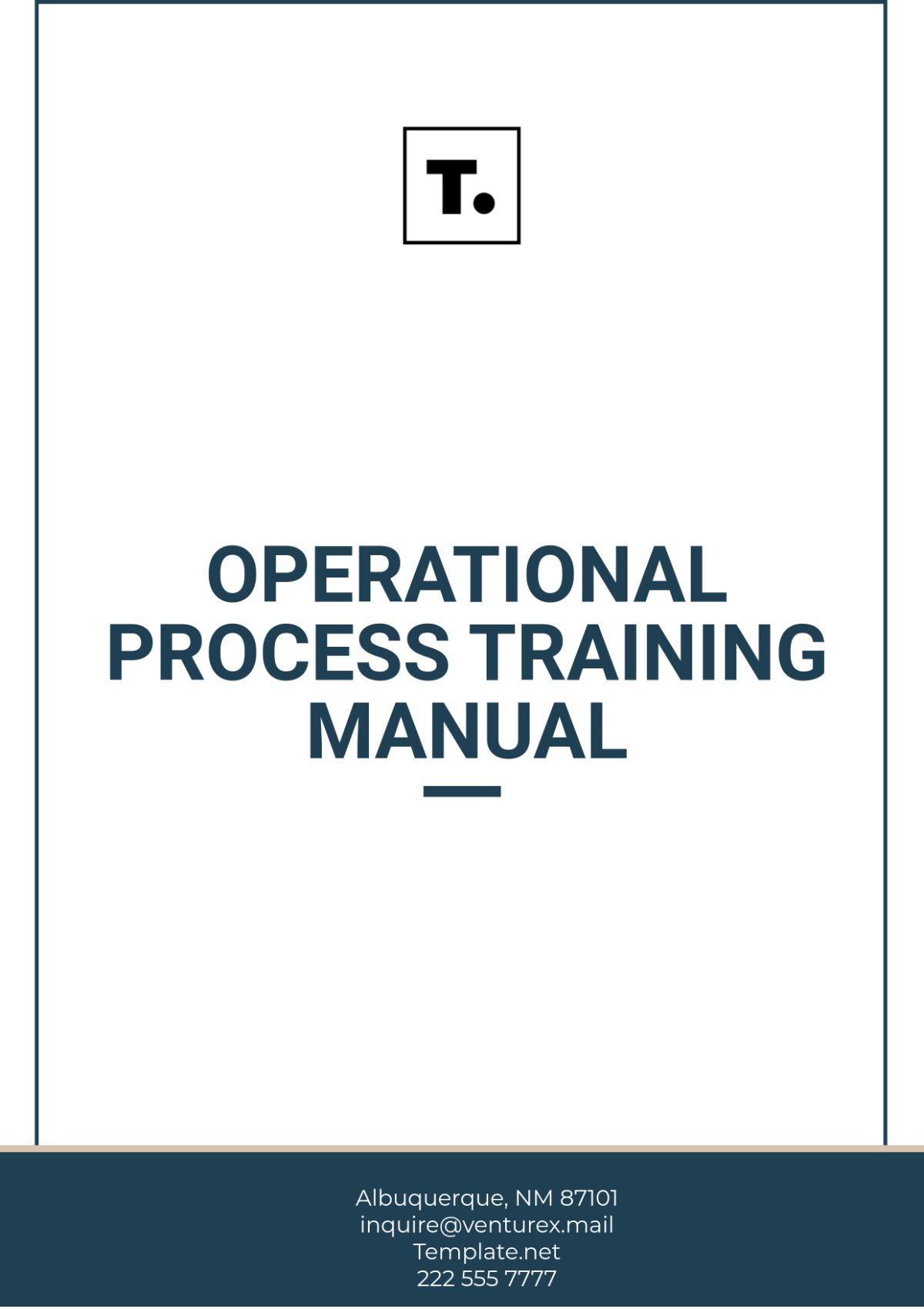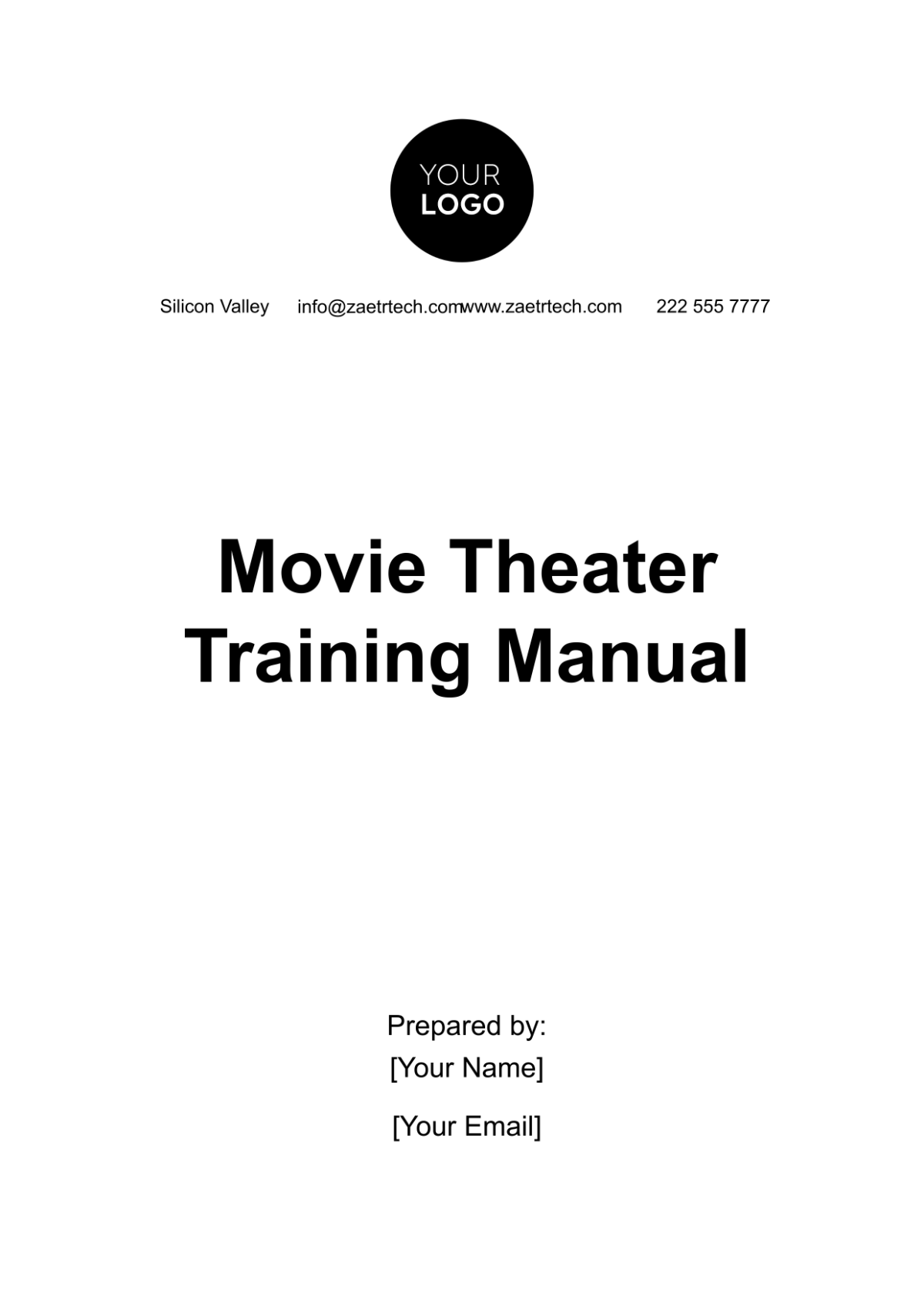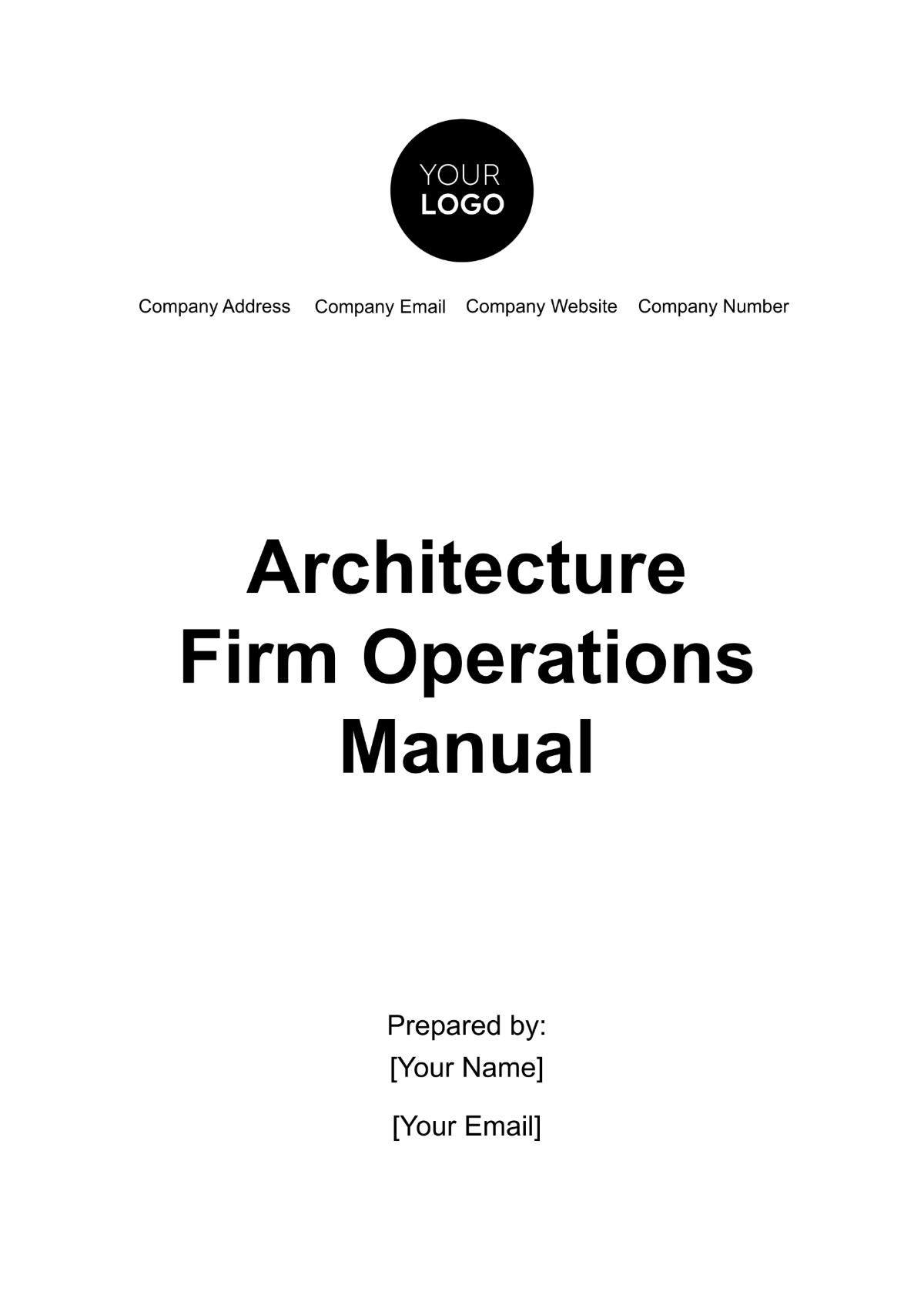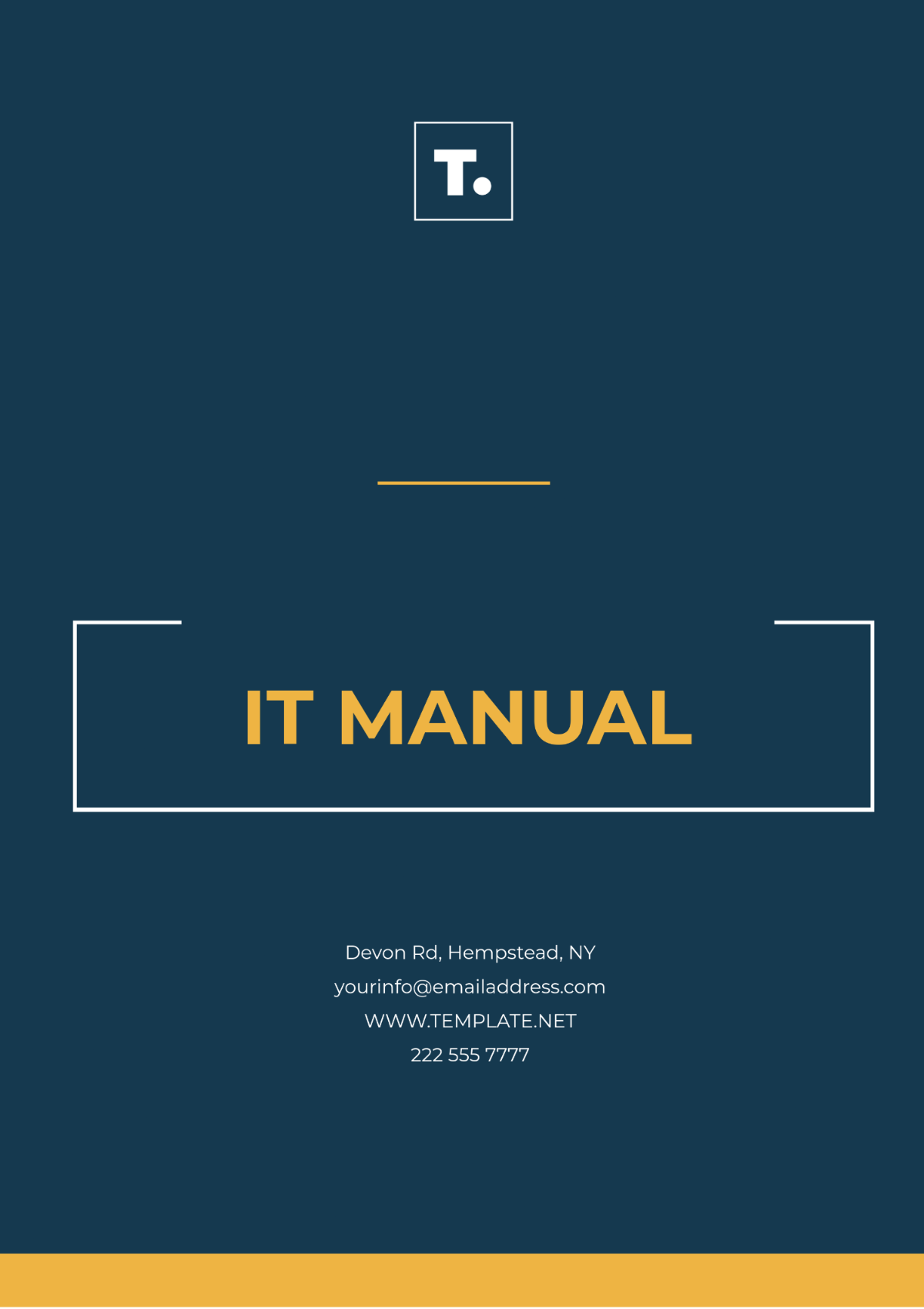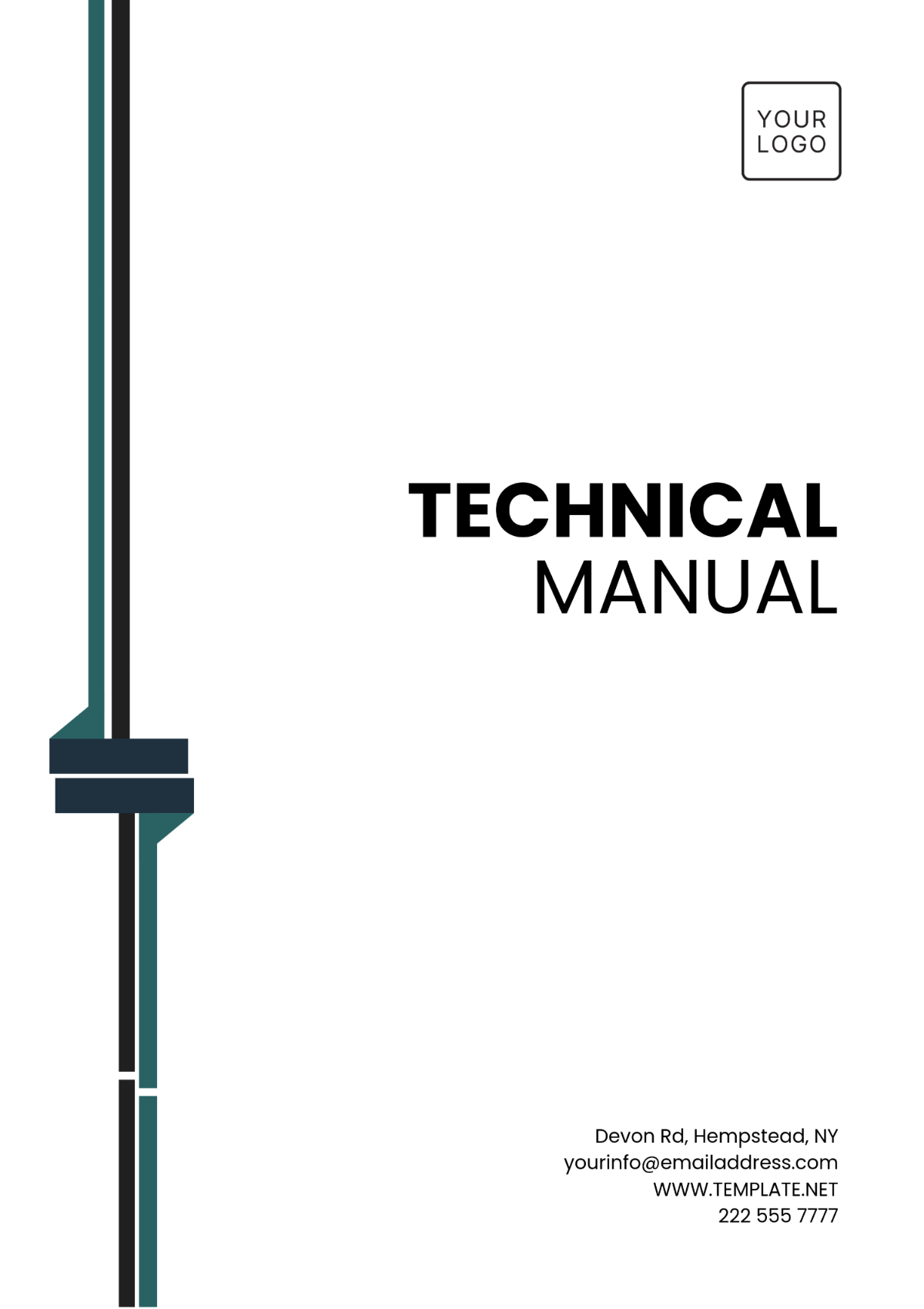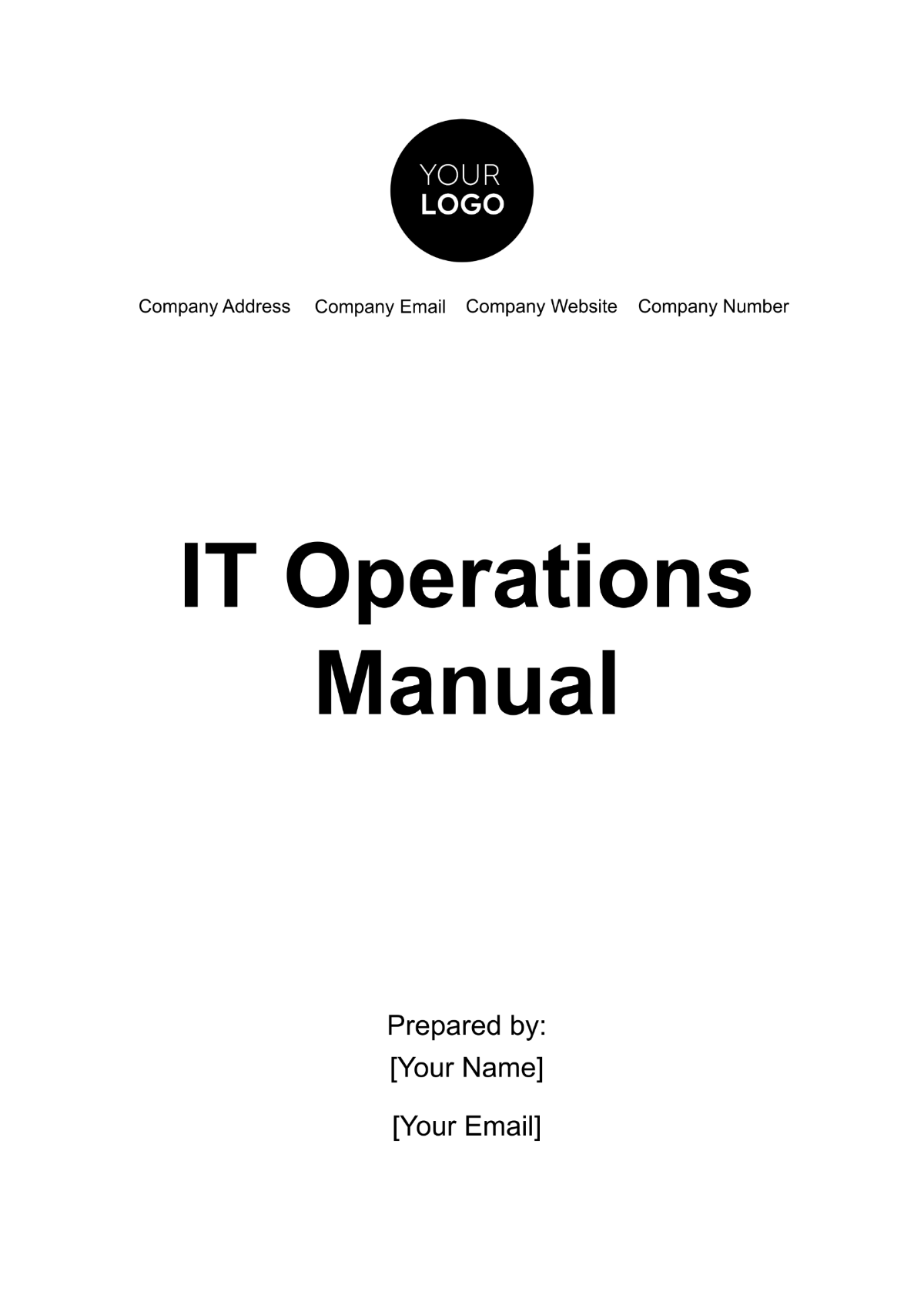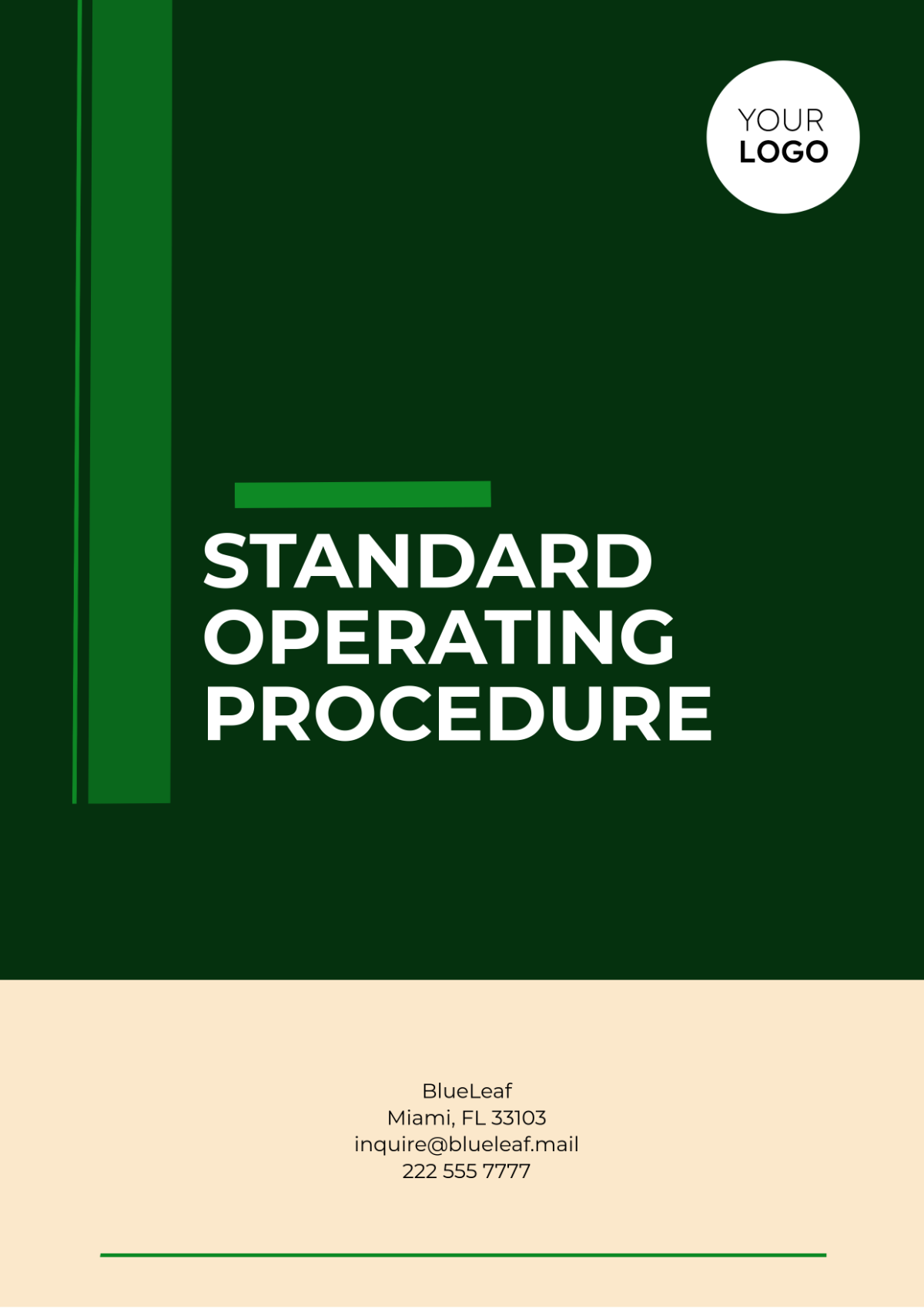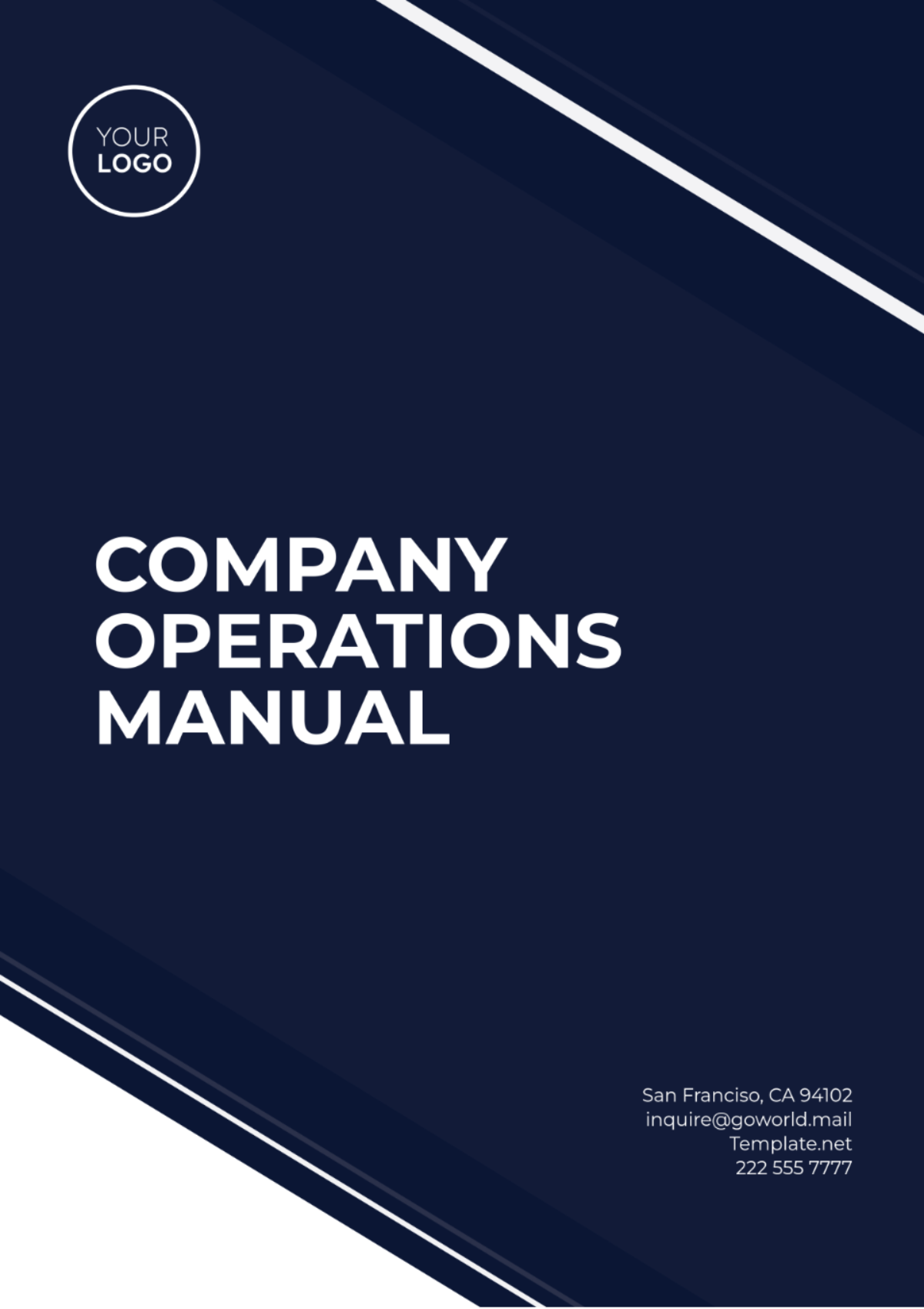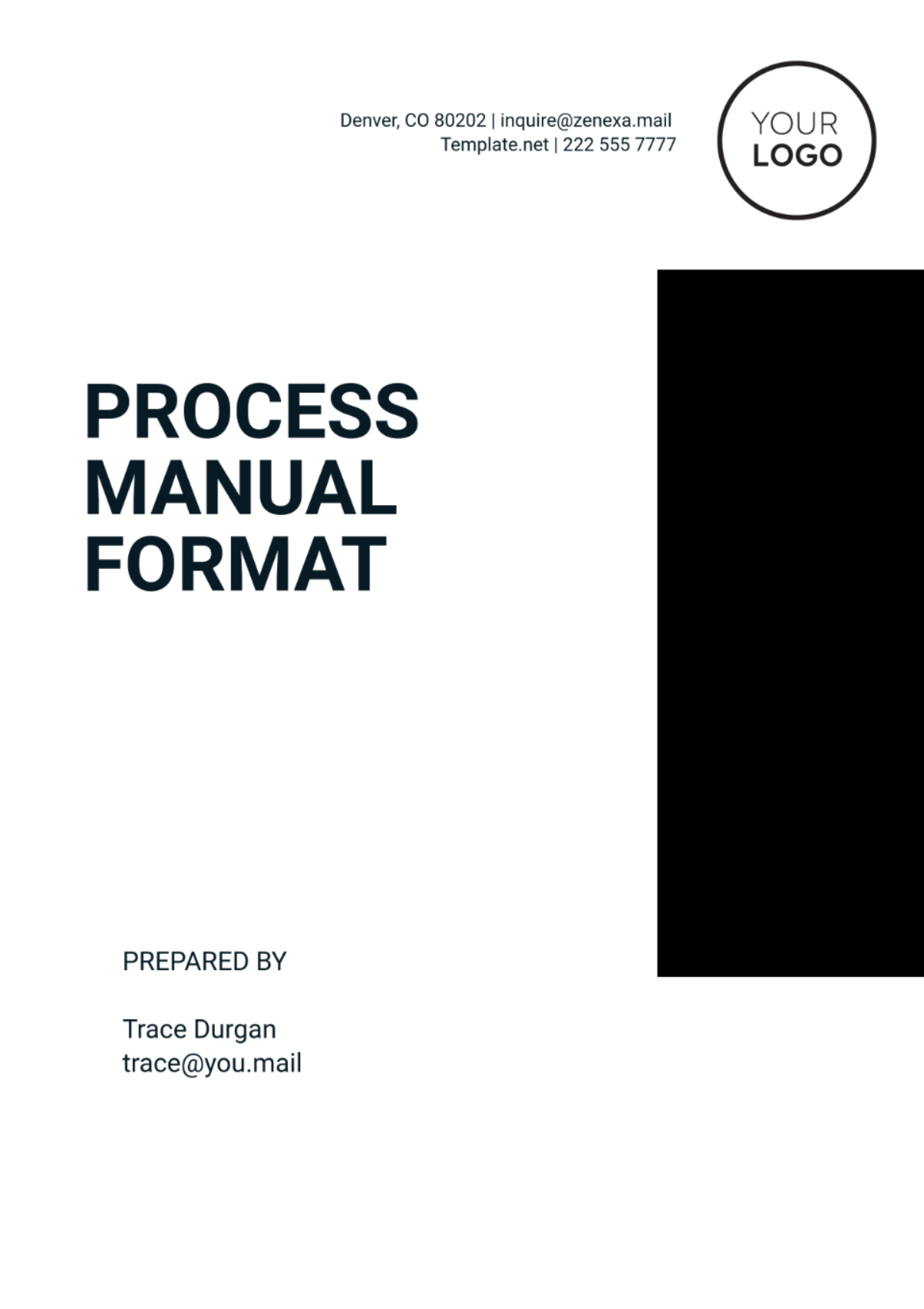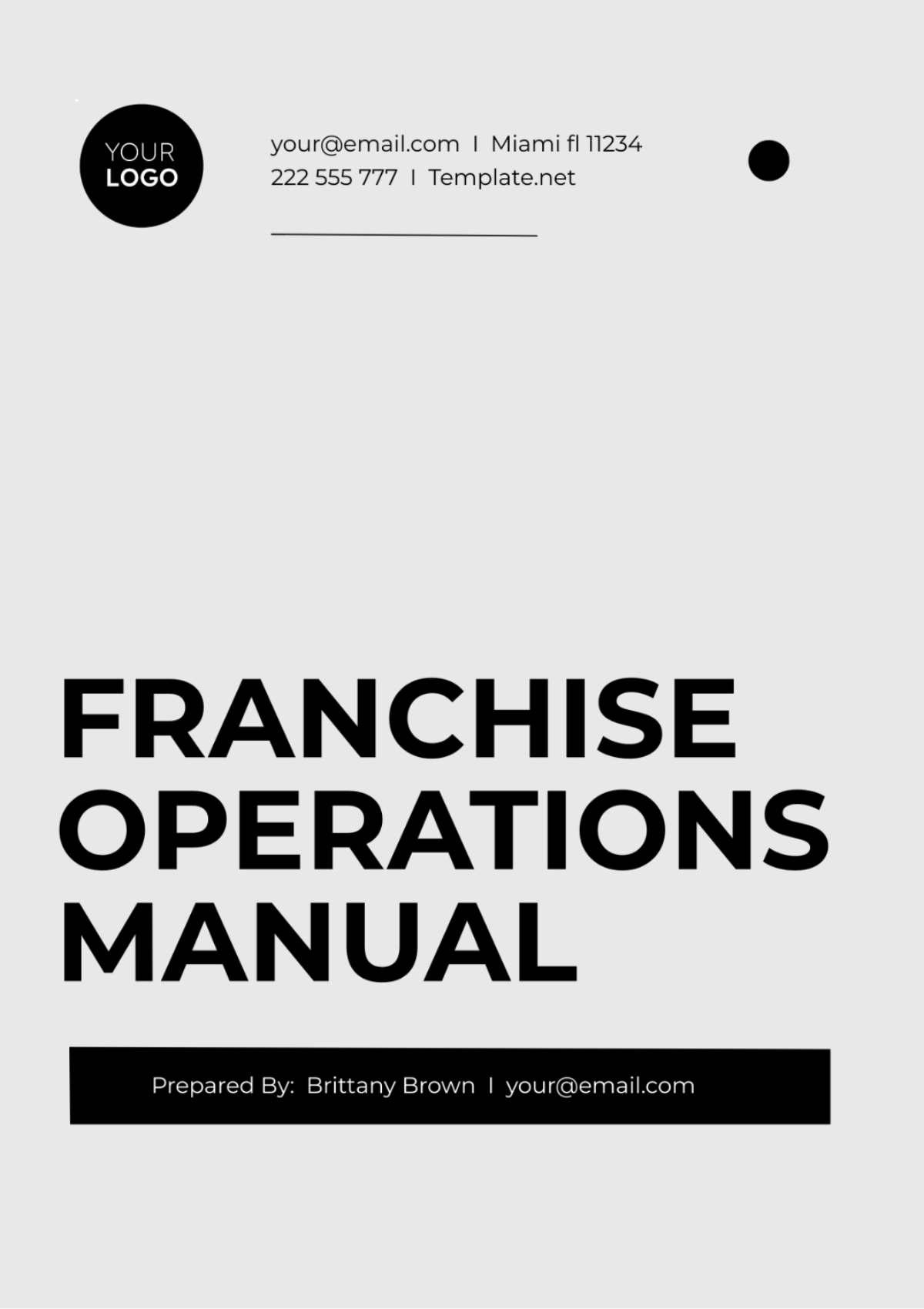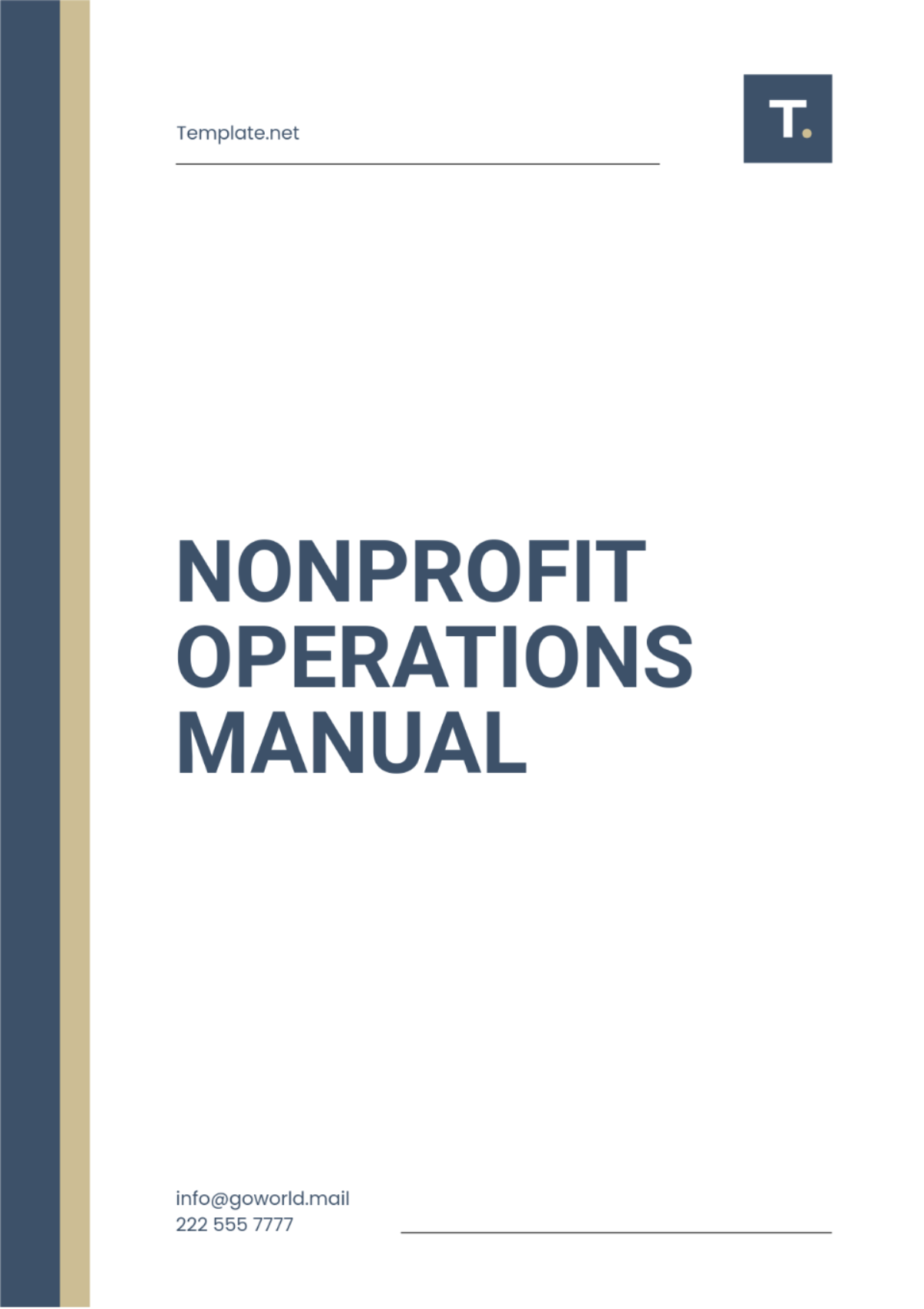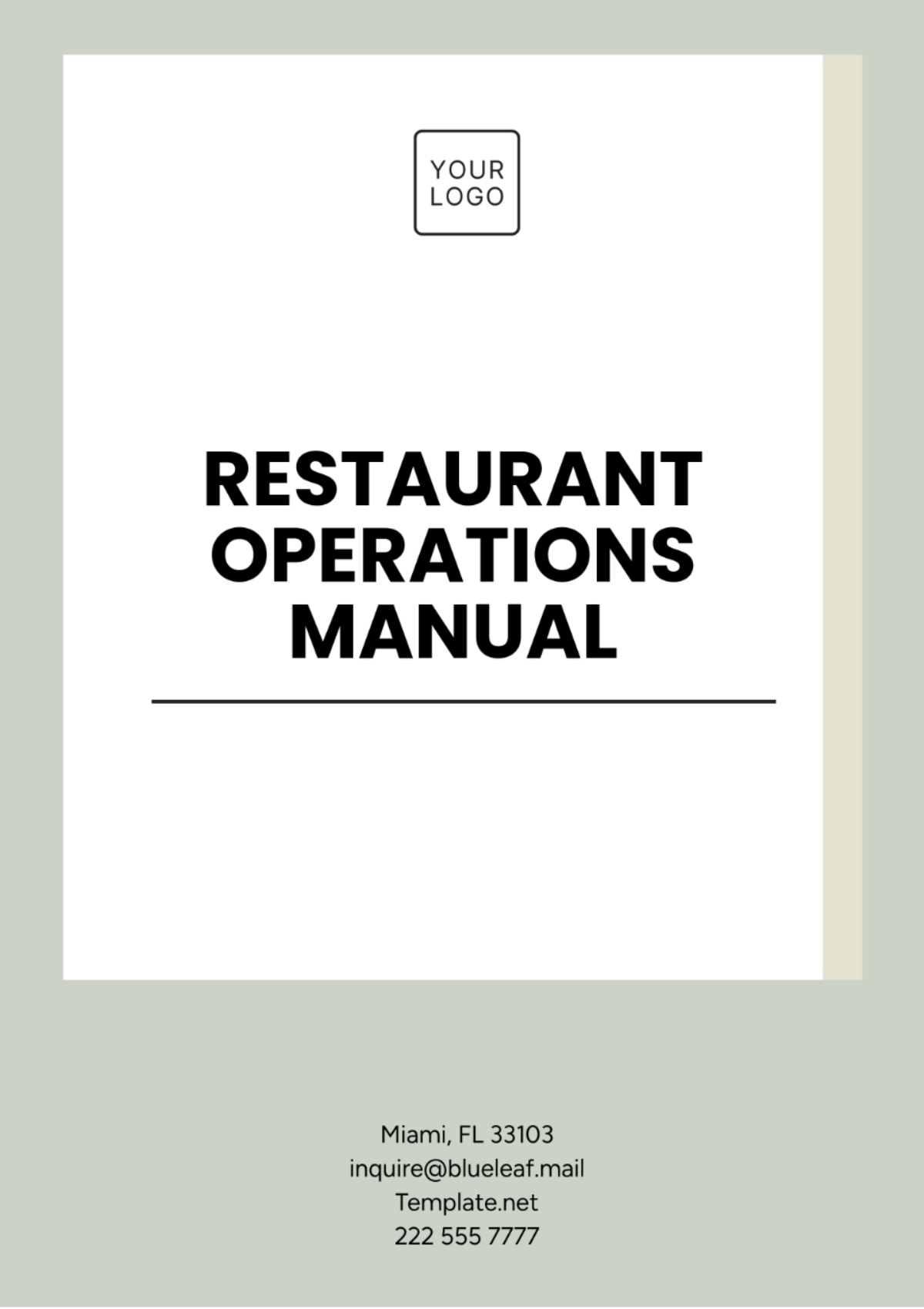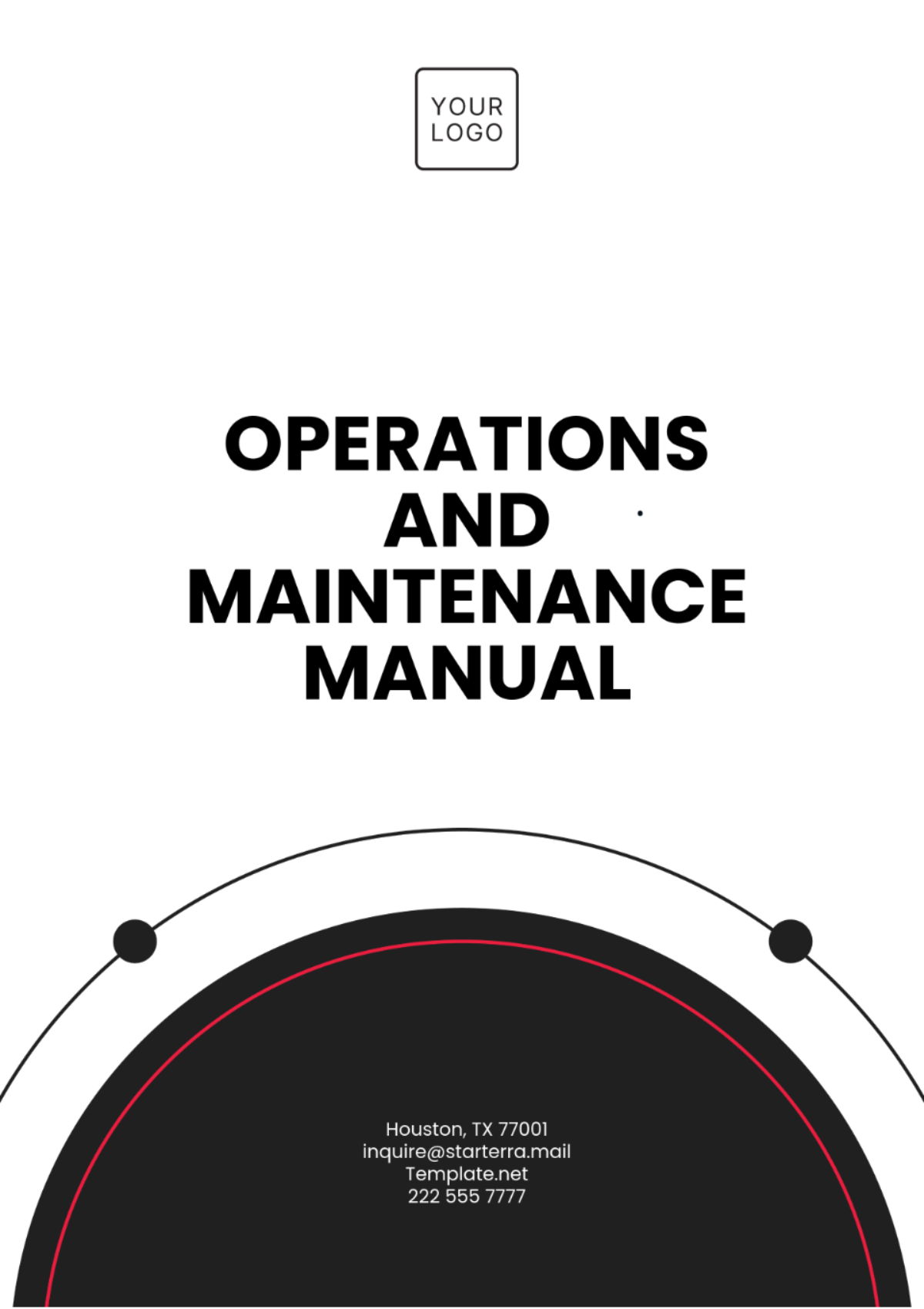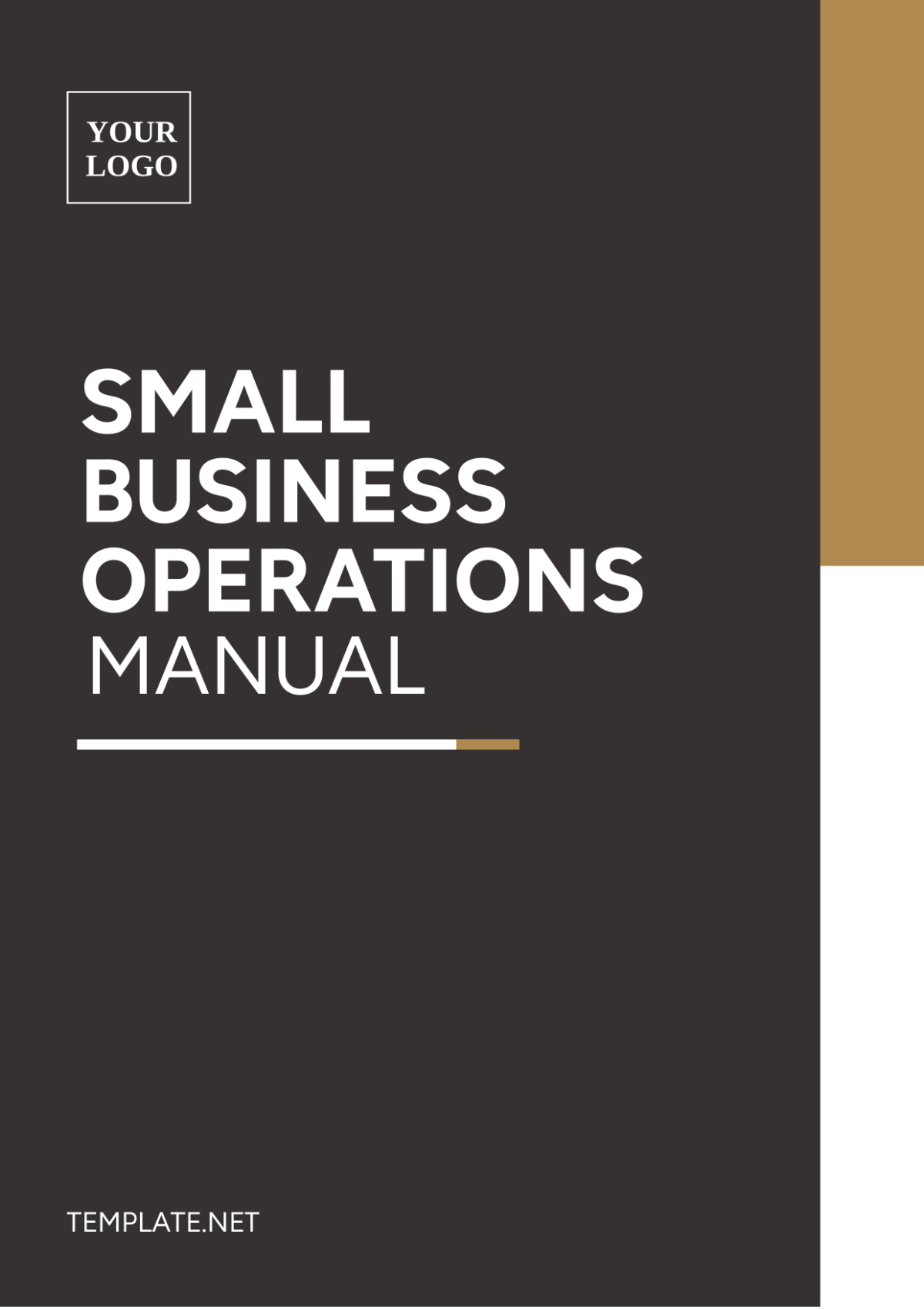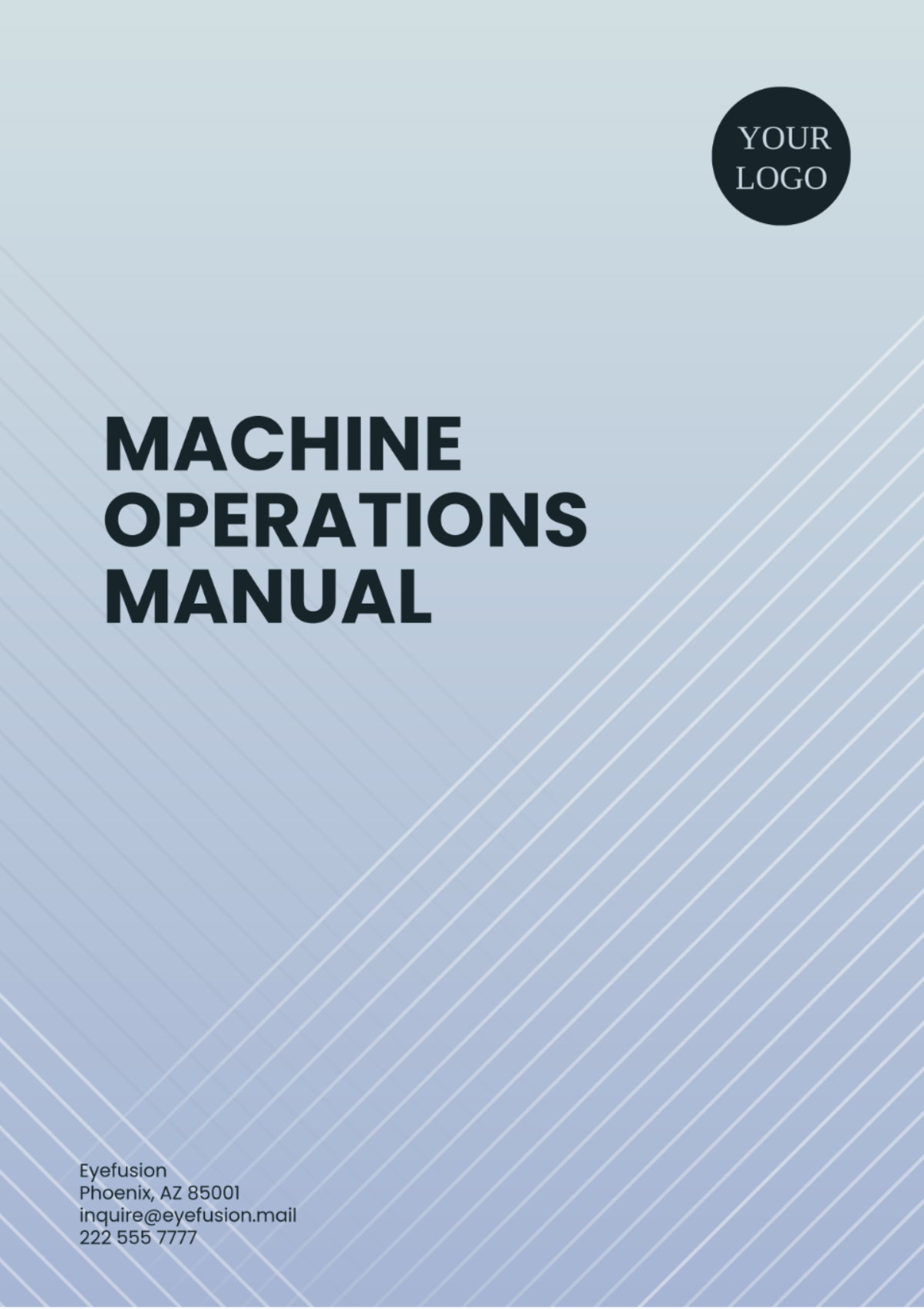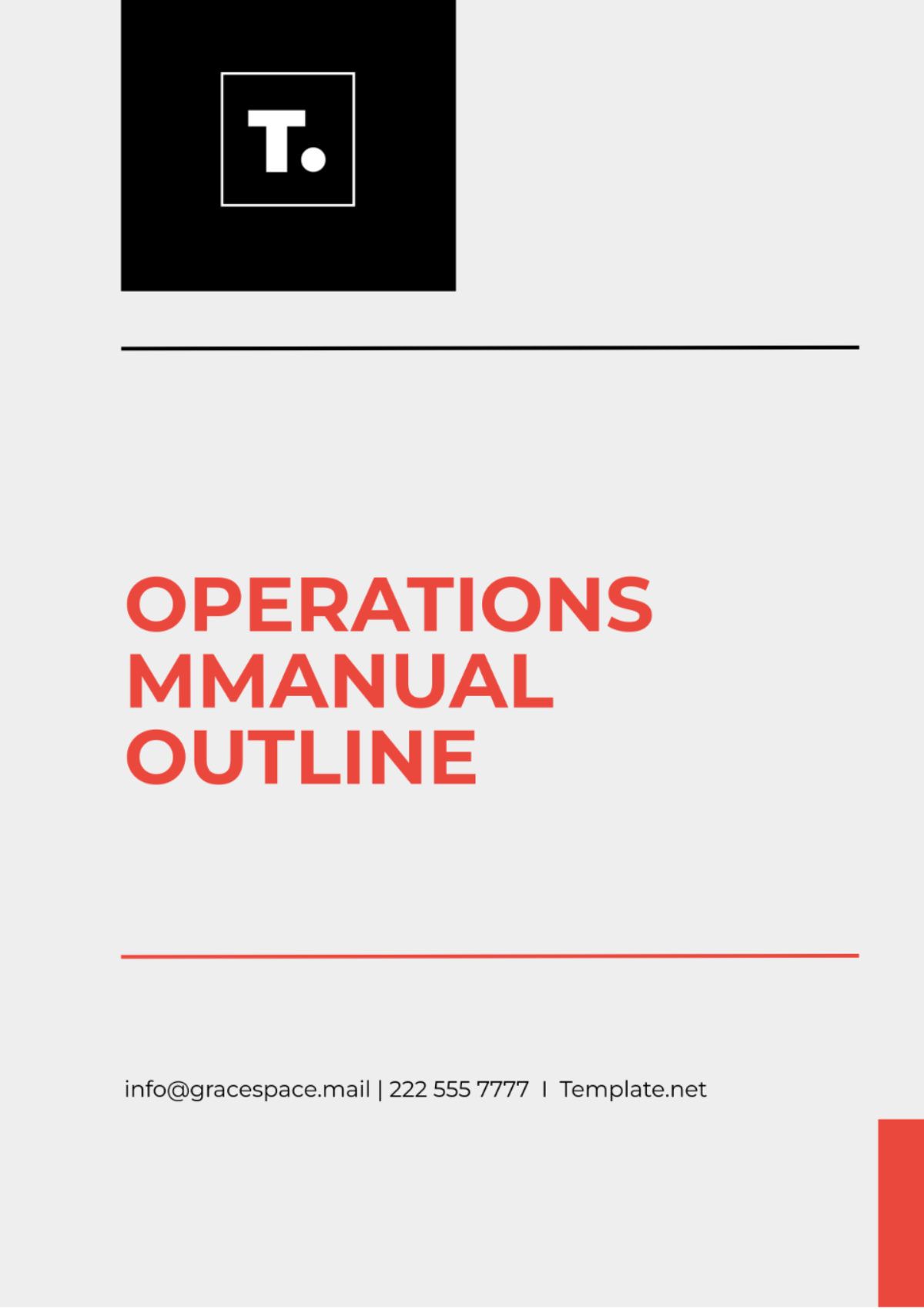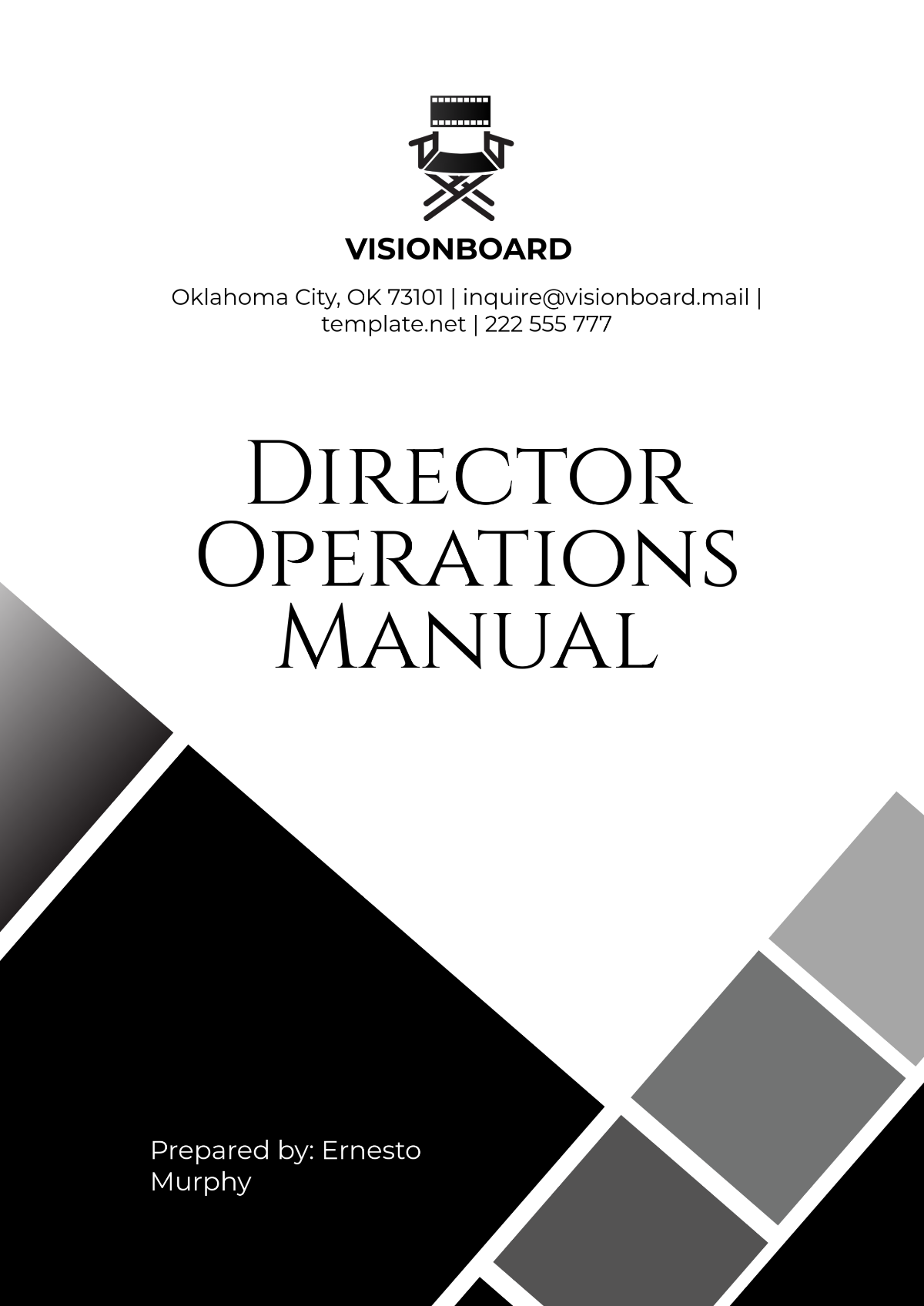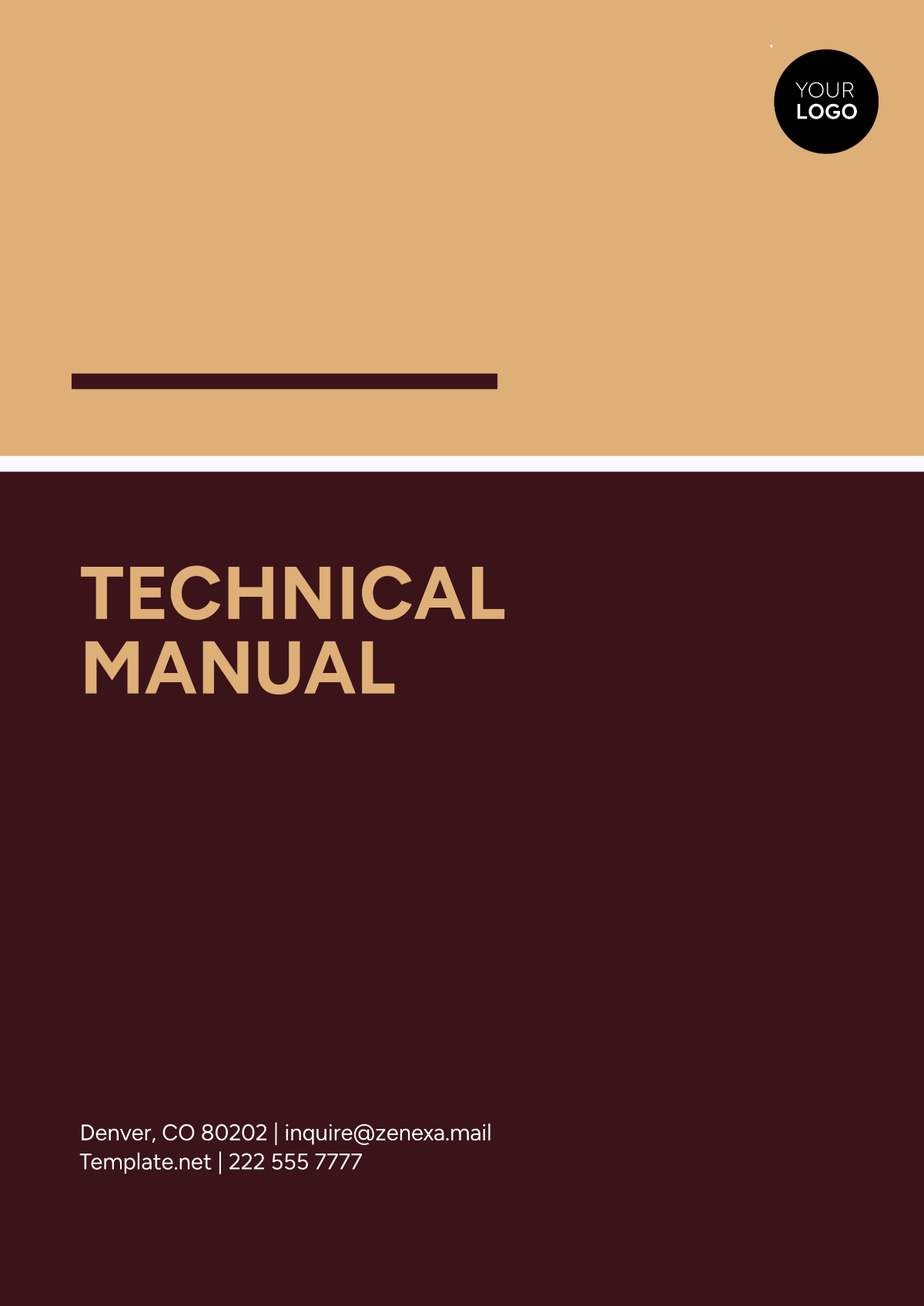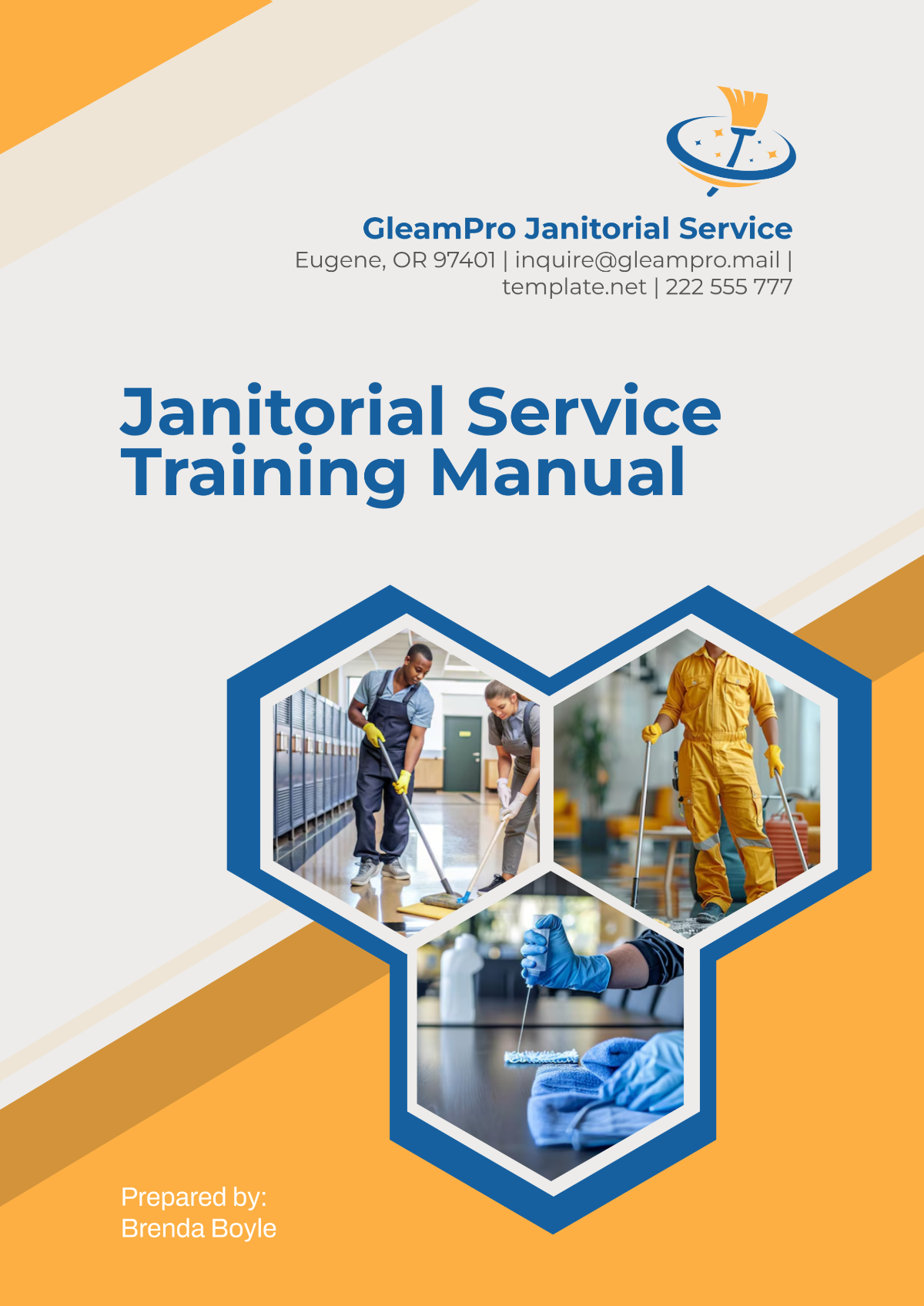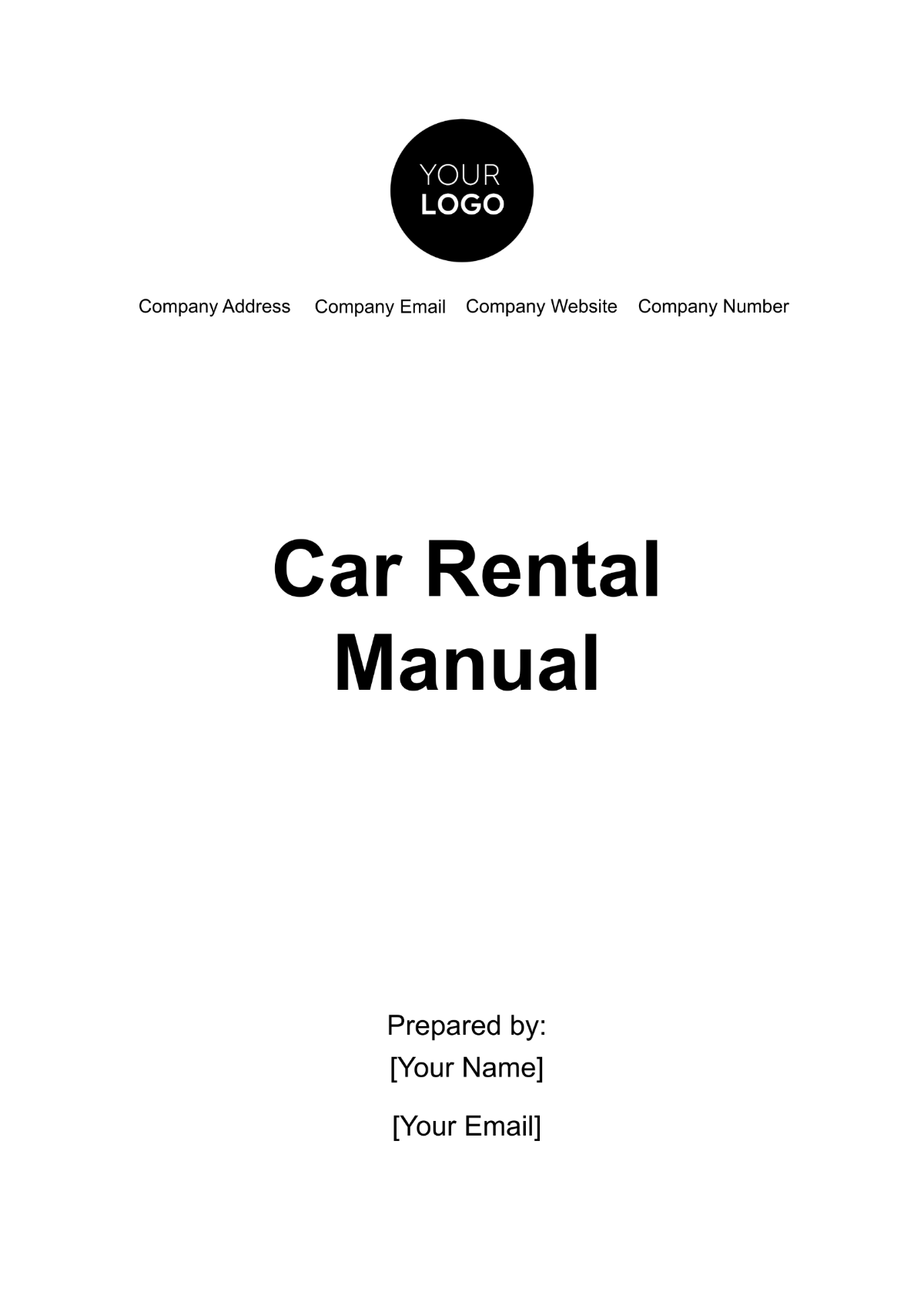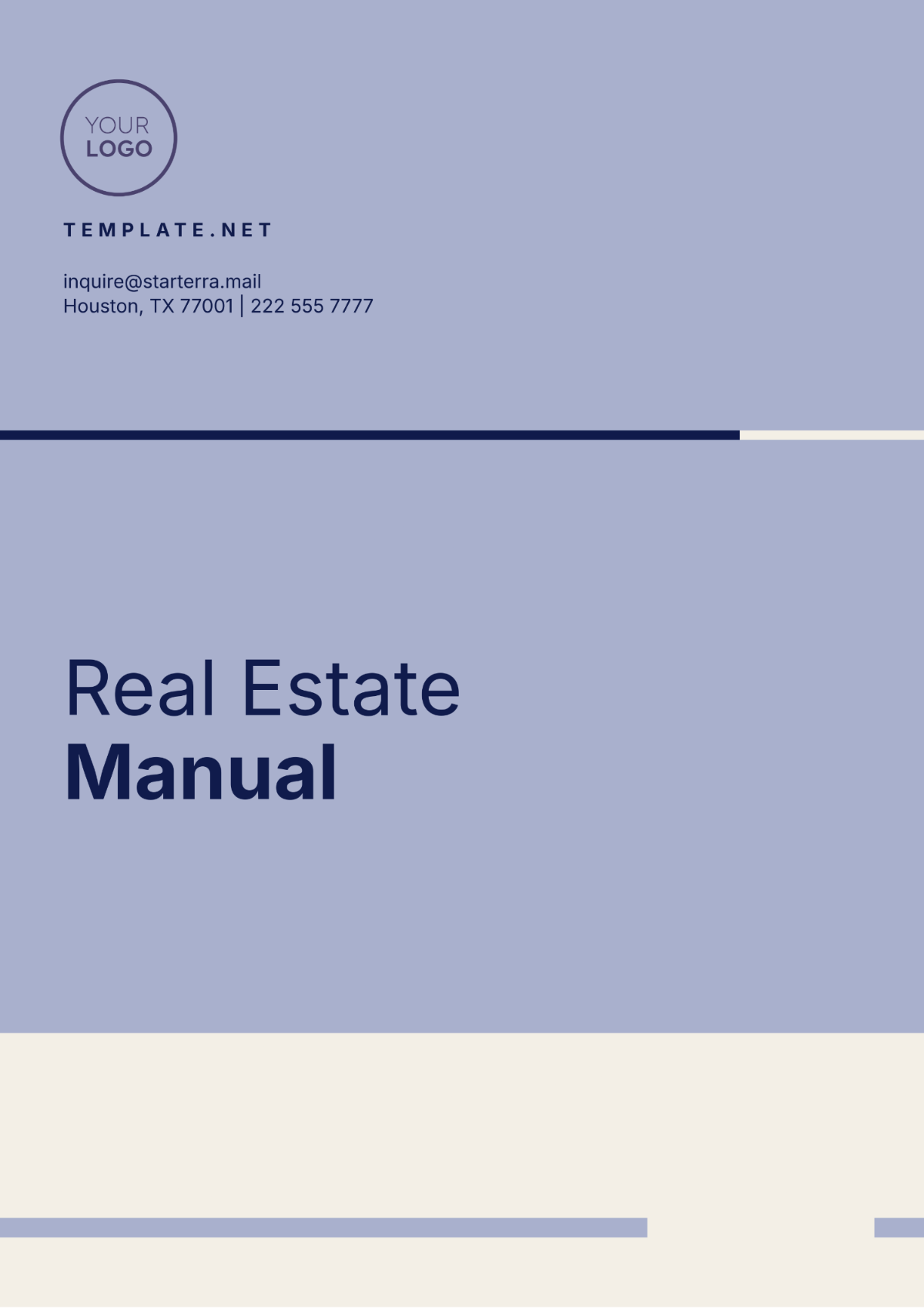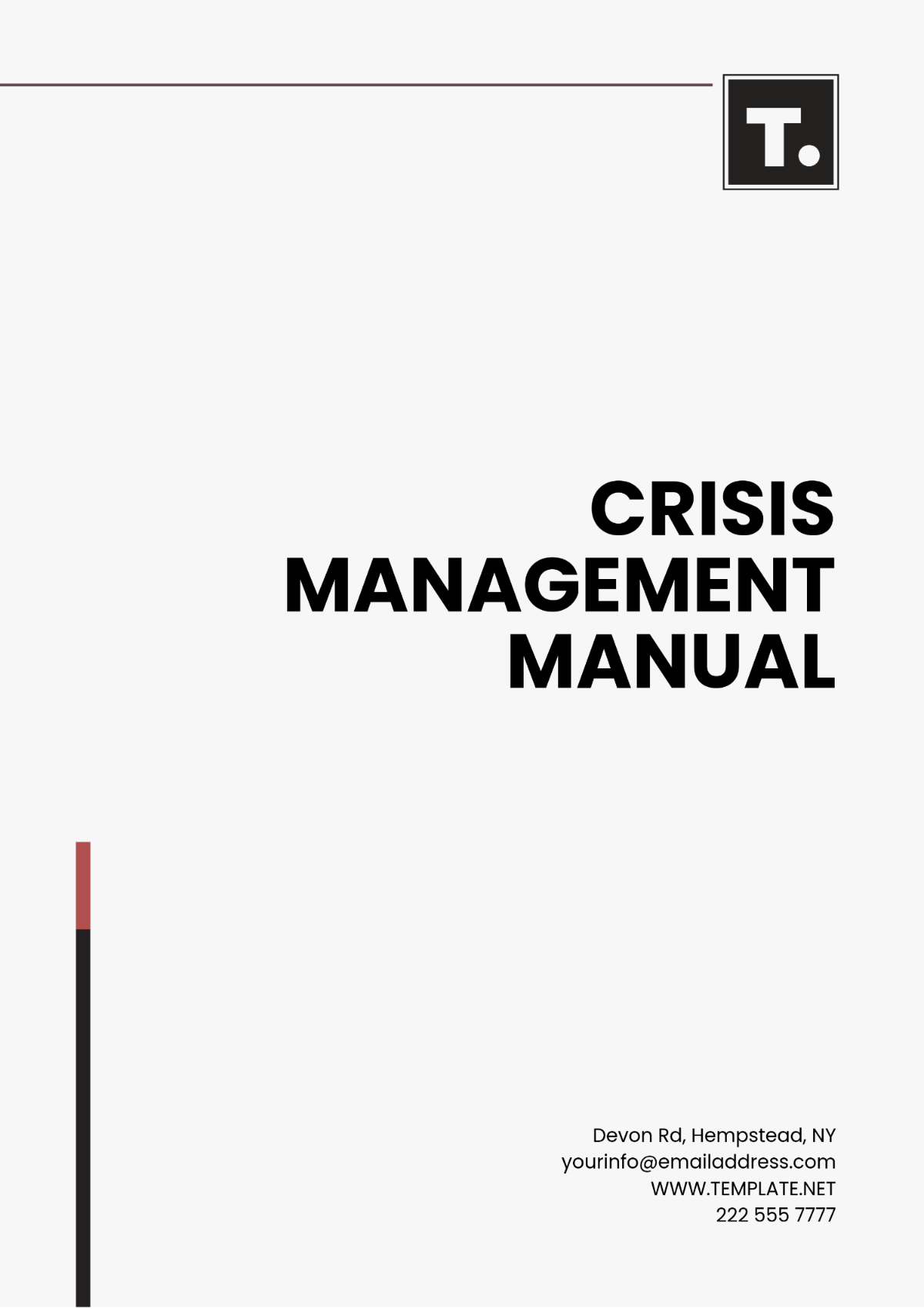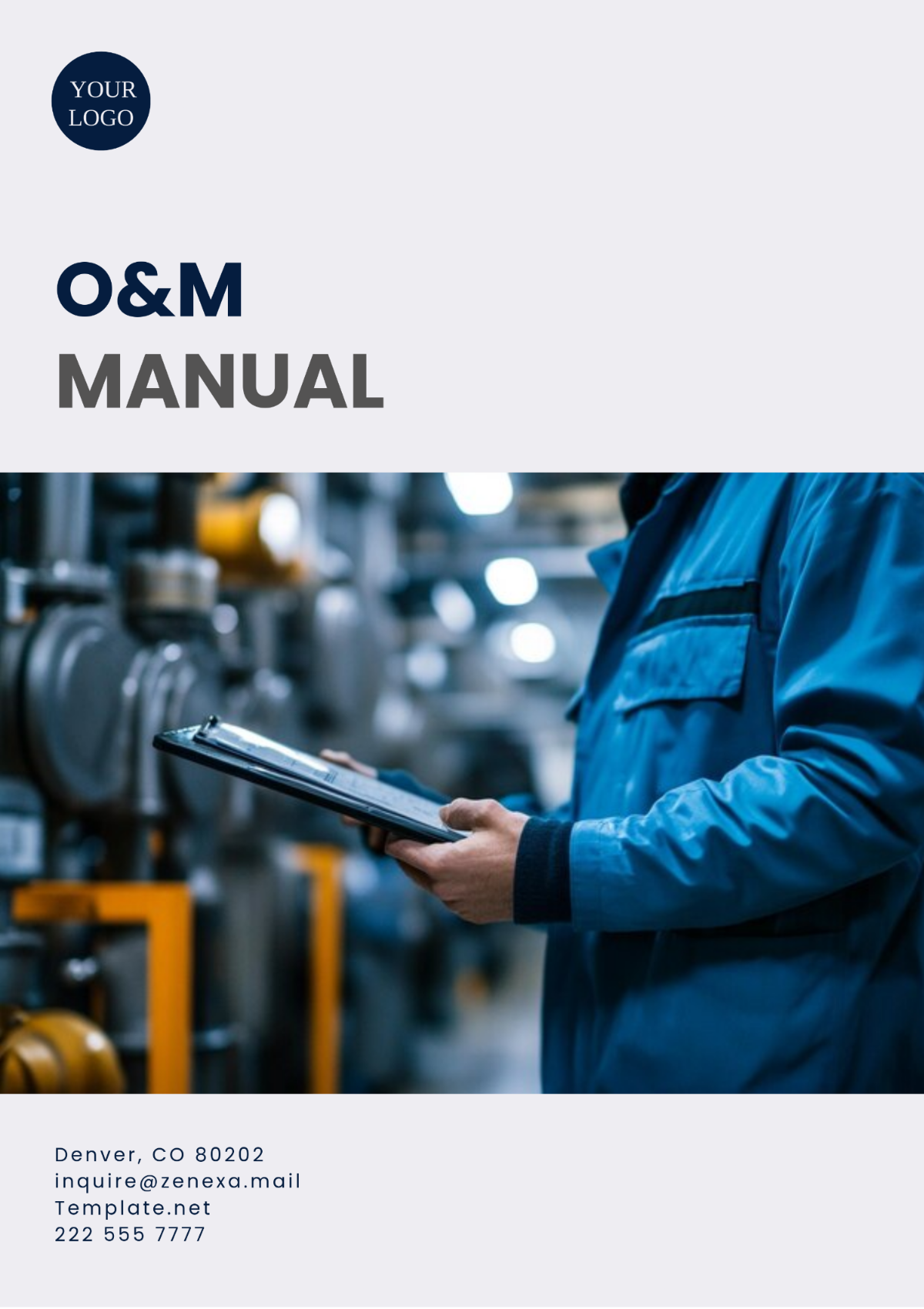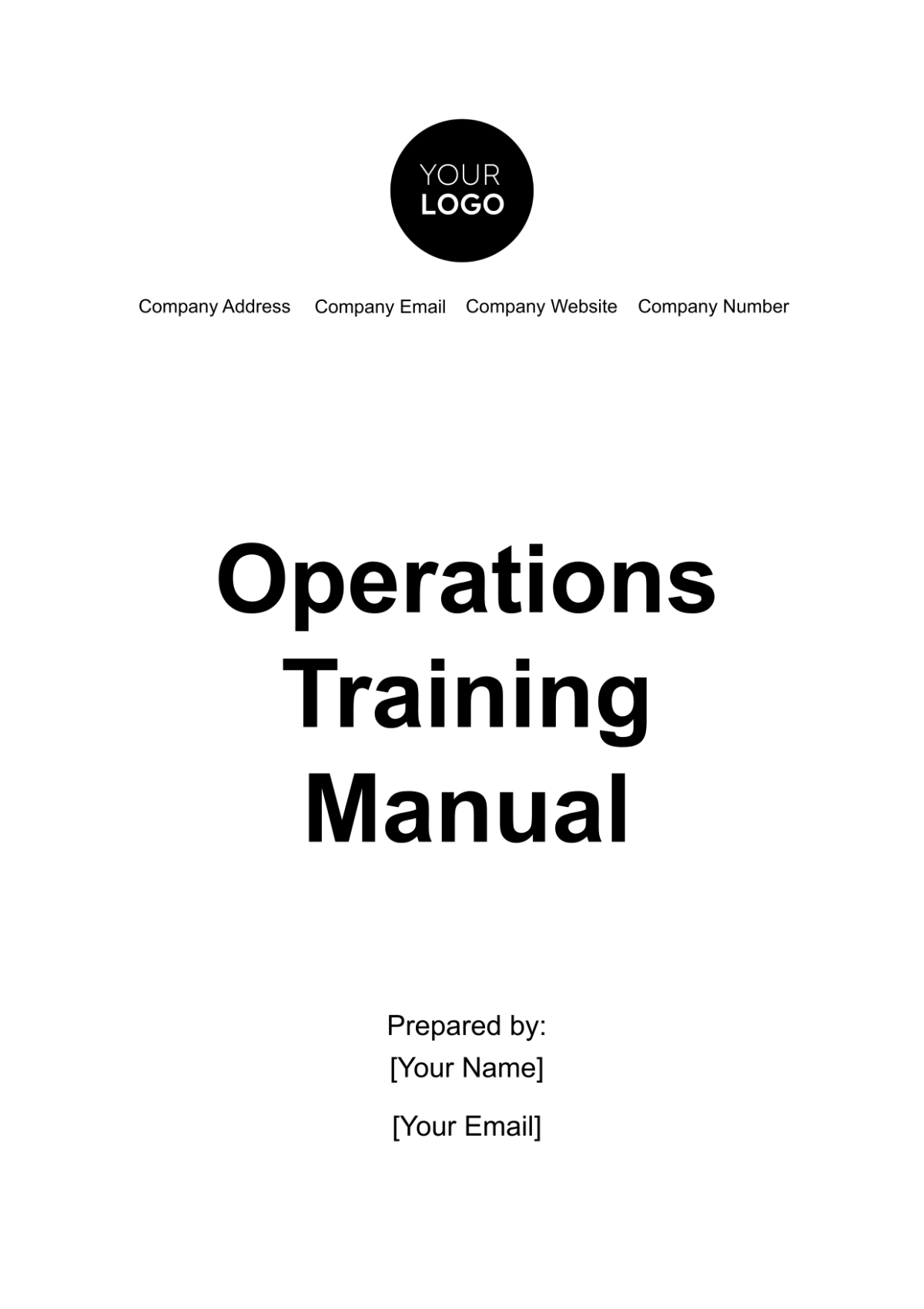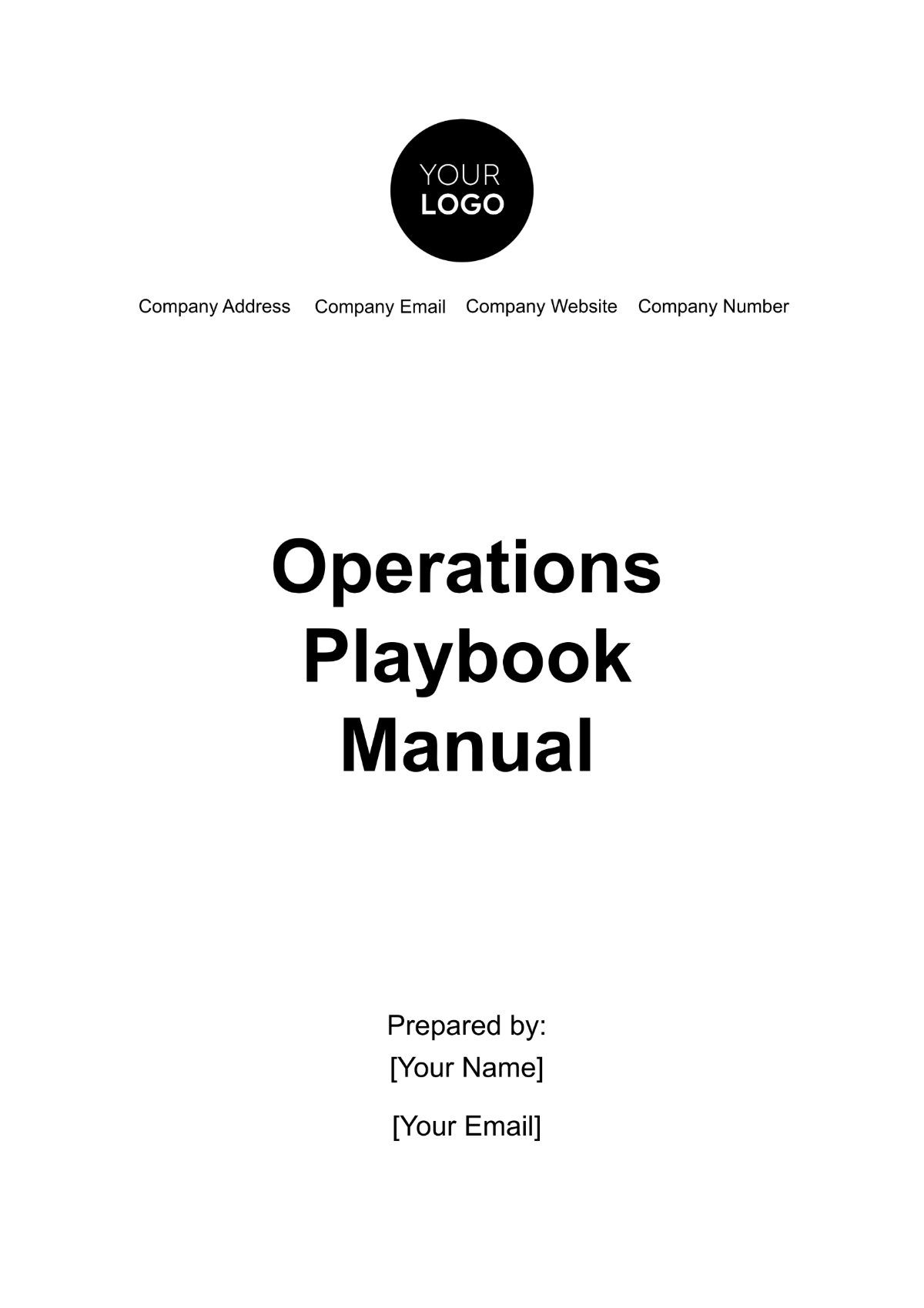Grocery Store Merchandising Manual Layout
I. Introduction
A. Purpose of the Manual
(Describe the purpose of the manual, explaining its role in guiding employees on merchandising practices. Include information on how it supports the company’s goals and customer satisfaction. Emphasize the importance of consistency and adherence to the guidelines outlined.)
B. Scope
(Outline the scope of the manual, including the specific areas of merchandising it covers. Clarify whether it includes all types of products or focuses on particular categories. Mention any exclusions or areas not covered by this manual.)
C. Audience
(Identify the intended audience for the manual, such as store managers, floor staff, and merchandising teams. Explain how different sections of the manual are relevant to each audience group and their roles in merchandising.)
D. Manual Structure
(Provide an overview of the manual's structure. Describe how the information is organized, including the main sections and subsections. Highlight any special features, such as appendices or reference materials.)
II. Merchandising Fundamentals
A. Definition of Merchandising
(Define what merchandising means within the context of your grocery store. Discuss the role of merchandising in attracting customers, boosting sales, and enhancing the shopping experience.)
B. Objectives of Merchandising
(Outline the key objectives of merchandising. Include goals such as maximizing sales, improving product visibility, ensuring product freshness, and optimizing store layout.)
C. Key Principles
(Discuss the fundamental principles of effective merchandising. This may include principles such as product placement, visual appeal, inventory management, and promotional strategies.)
III. Store Layout and Design
A. Store Layout Types
(Describe different types of store layouts, such as grid, loop, and free-flow layouts. Explain the advantages and disadvantages of each layout type and how they impact customer shopping behavior.)
B. Fixture Placement
(Detail guidelines for placing fixtures within the store. Include information on types of fixtures (e.g., shelving, display units), their placement in relation to customer traffic, and ensuring ease of access.)
C. Product Placement
(Provide instructions on how to strategically place products. Discuss methods such as placing high-demand items at eye level, grouping related products together, and using end caps for promotions.)
D. Signage and Labels
(Explain the importance of signage and labels in merchandising. Provide guidelines on how to design and place signs and labels to improve product visibility and provide important information to customers.)
IV. Inventory Management
A. Stock Replenishment
(Describe the process for replenishing stock. Include details on how to monitor inventory levels, schedule reorders, and manage supplier relationships.)
B. Rotation of Stock
(Outline the importance of stock rotation to ensure product freshness and minimize waste. Provide instructions on the FIFO (First In, First Out) method and other rotation practices.)
C. Inventory Audits
(Discuss the procedures for conducting inventory audits. Include information on how to perform regular checks, reconcile discrepancies, and adjust stock records.)
D. Handling Stock Discrepancies
(Explain how to address stock discrepancies, such as shortages or overages. Provide steps for investigating and resolving issues, including reporting and documentation procedures.)
V. Merchandising Techniques
A. Visual Merchandising
(Detail visual merchandising techniques that enhance product appeal. Discuss the use of color, lighting, and props to create attractive displays.)
B. Cross-Merchandising
(Explain the concept of cross-merchandising, where related products are placed together to encourage additional purchases. Provide examples of effective cross-merchandising strategies.)
C. Promotional Displays
(Describe how to create and manage promotional displays. Include guidelines for setting up temporary displays for sales, special events, and seasonal promotions.)
D. End Cap Strategies
(Provide instructions on how to utilize end caps effectively. Discuss placement strategies for high-margin or promotional items to attract customer attention.)
VI. Customer Experience
A. Enhancing the Shopping Experience
(Discuss strategies for improving the overall shopping experience. Include tips for maintaining store cleanliness, providing excellent customer service, and creating a welcoming atmosphere.)
B. Customer Feedback
(Explain the importance of gathering and responding to customer feedback. Provide methods for collecting feedback, such as surveys or suggestion boxes, and how to use this information to improve merchandising.)
C. Training and Development
(Outline the training programs available for staff on merchandising practices. Include information on how training is delivered, topics covered, and the importance of continuous development.)
VII. Compliance and Standards
A. Legal and Regulatory Compliance
(Detail the legal and regulatory requirements relevant to merchandising. Include information on food safety standards, labeling laws, and health regulations.)
B. Company Standards
(Explain [Your Company Name]’s specific merchandising standards and policies. Provide details on how employees should adhere to these standards and the process for reporting non-compliance.)
C. Best Practices
(Discuss industry best practices for merchandising. Include examples of successful merchandising strategies used by leading grocery stores and how they can be applied in your store.)
VIII. Reporting and Evaluation
A. Performance Metrics
(Describe the key performance metrics used to evaluate merchandising effectiveness. Include metrics such as sales figures, inventory turnover rates, and customer satisfaction scores.)
B. Reporting Procedures
(Provide instructions on how to report merchandising performance and issues. Include information on the frequency of reports, who should receive them, and the format for reporting.)
C. Continuous Improvement
(Outline the process for continuous improvement in merchandising. Discuss how to use performance data and feedback to make ongoing enhancements to merchandising practices.)
IX. Appendices
A. Glossary of Terms
(Include a glossary of merchandising terms used in the manual. Provide clear definitions to ensure that all employees understand the terminology.)
B. Reference Materials
(List any additional reference materials or resources that employees may find useful. This could include industry reports, vendor guidelines, or additional training materials.)
C. Contact Information
(Provide contact details for key personnel who can assist with merchandising-related questions or issues. Include names, roles, and contact information.)
X. Revision History
A. Document Revisions
(Detail the history of revisions made to the manual. Include information on the date of revisions, changes made, and the reason for each update.)
B. Version Control
(Explain the version control process for the manual. Describe how updates are managed, tracked, and communicated to staff.)
